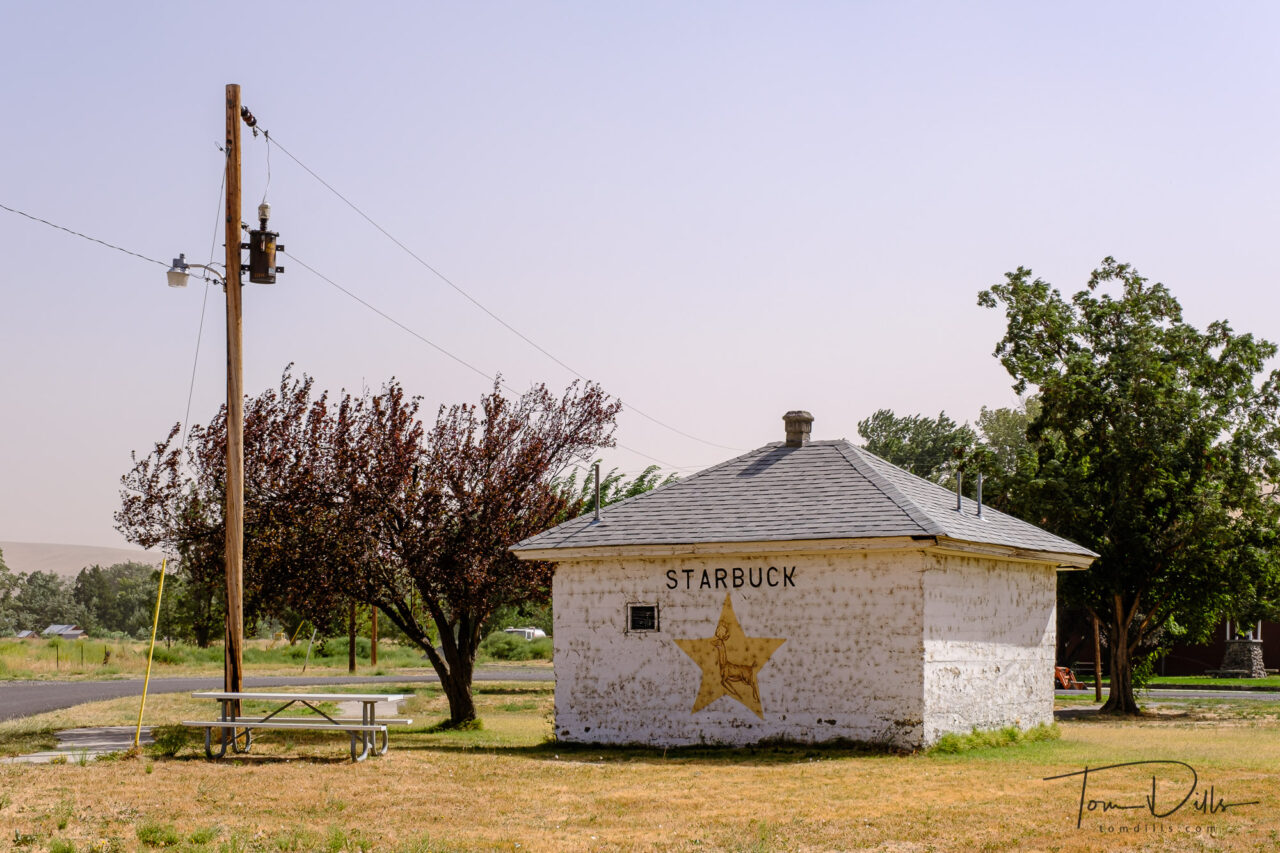
Yes, there is a town called Starbuck in Washington. But no place to buy coffee.
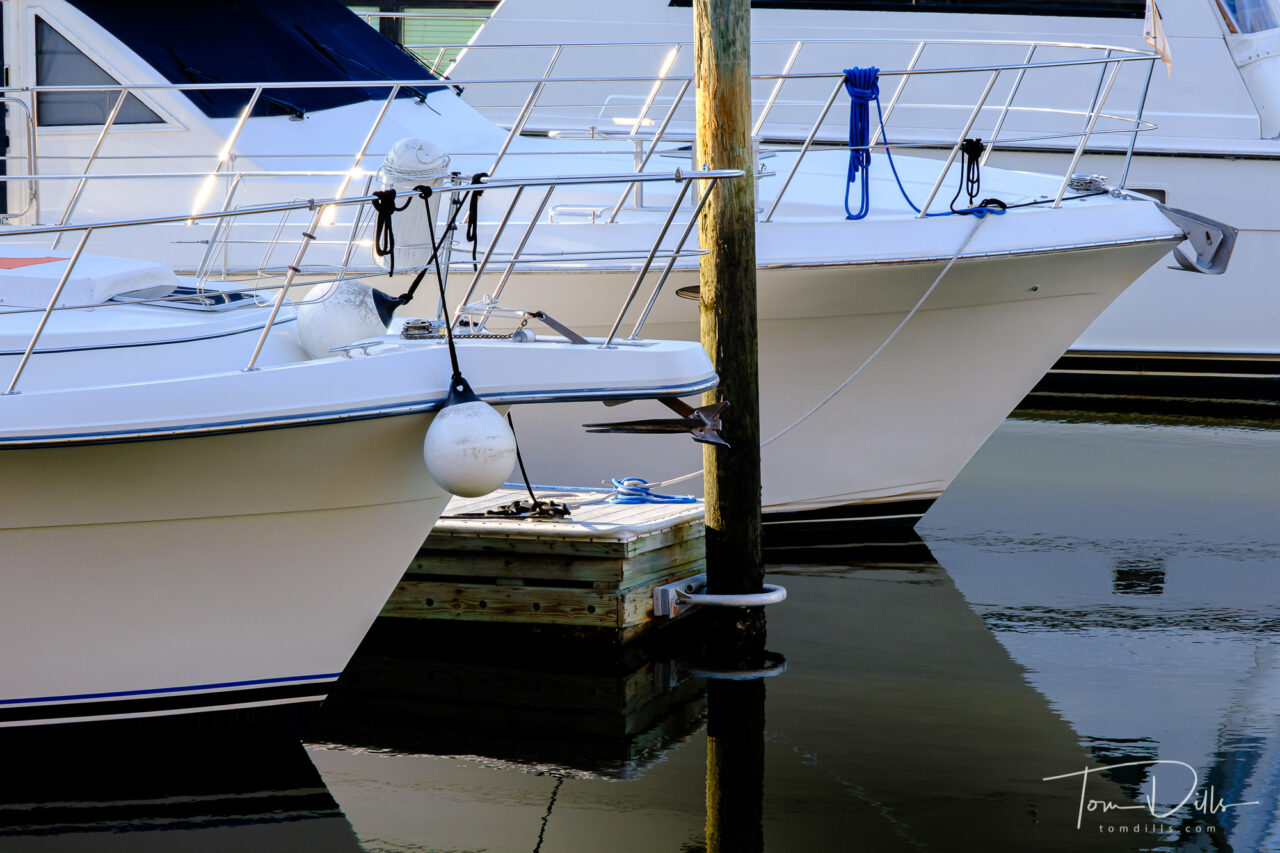
I’ve always had a thing for boat bows, especially reflections of bows in the water. Shelter Cove Marina is of course full of boat bows. Other boat parts, too! Here are a few from our evening there that I found notable.
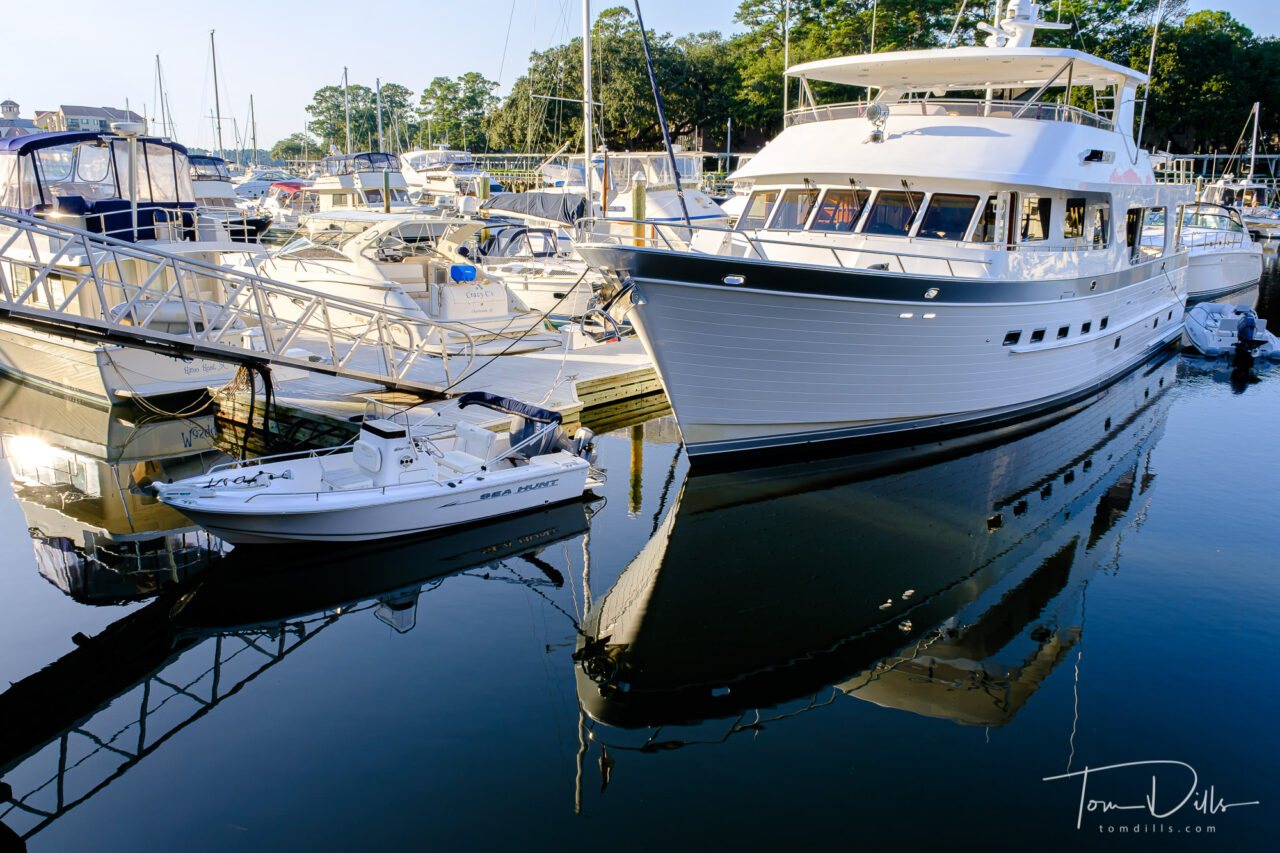
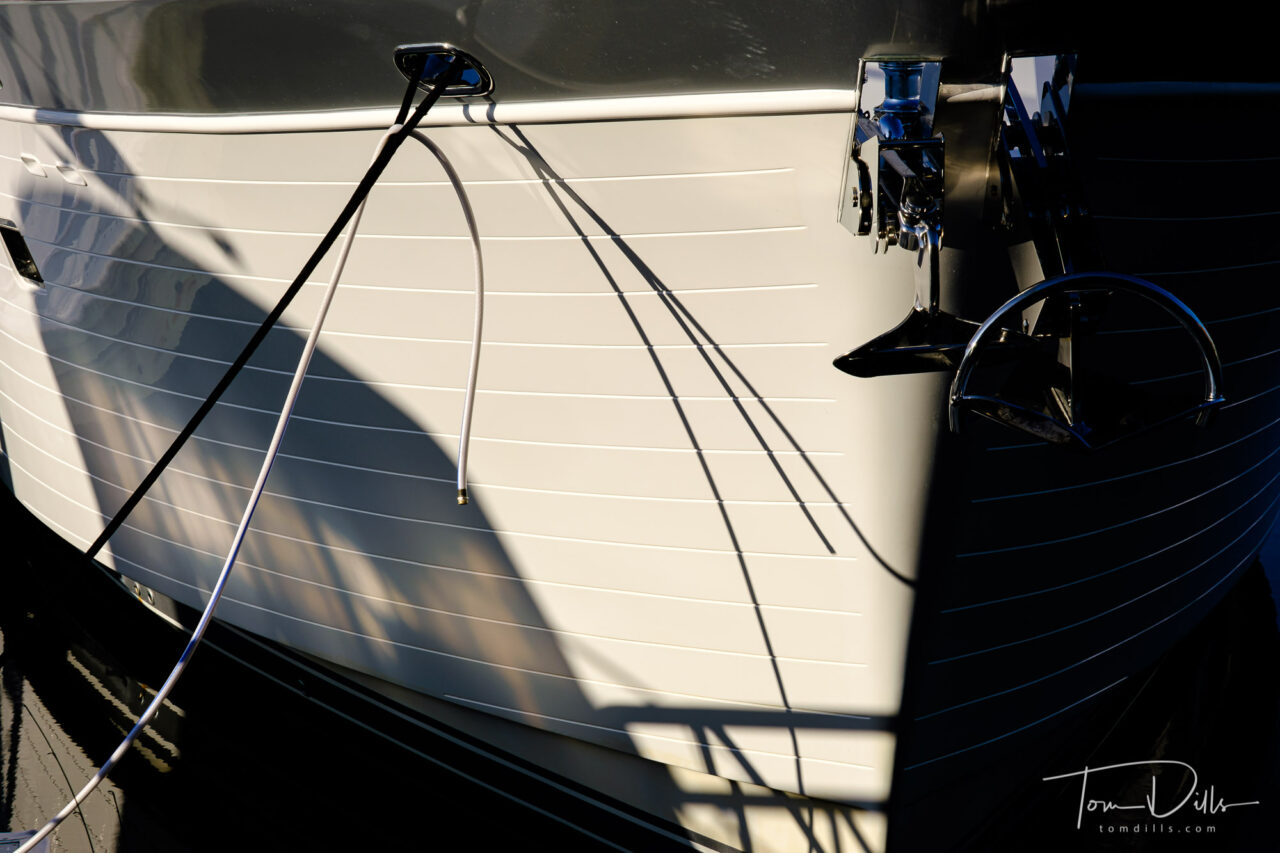

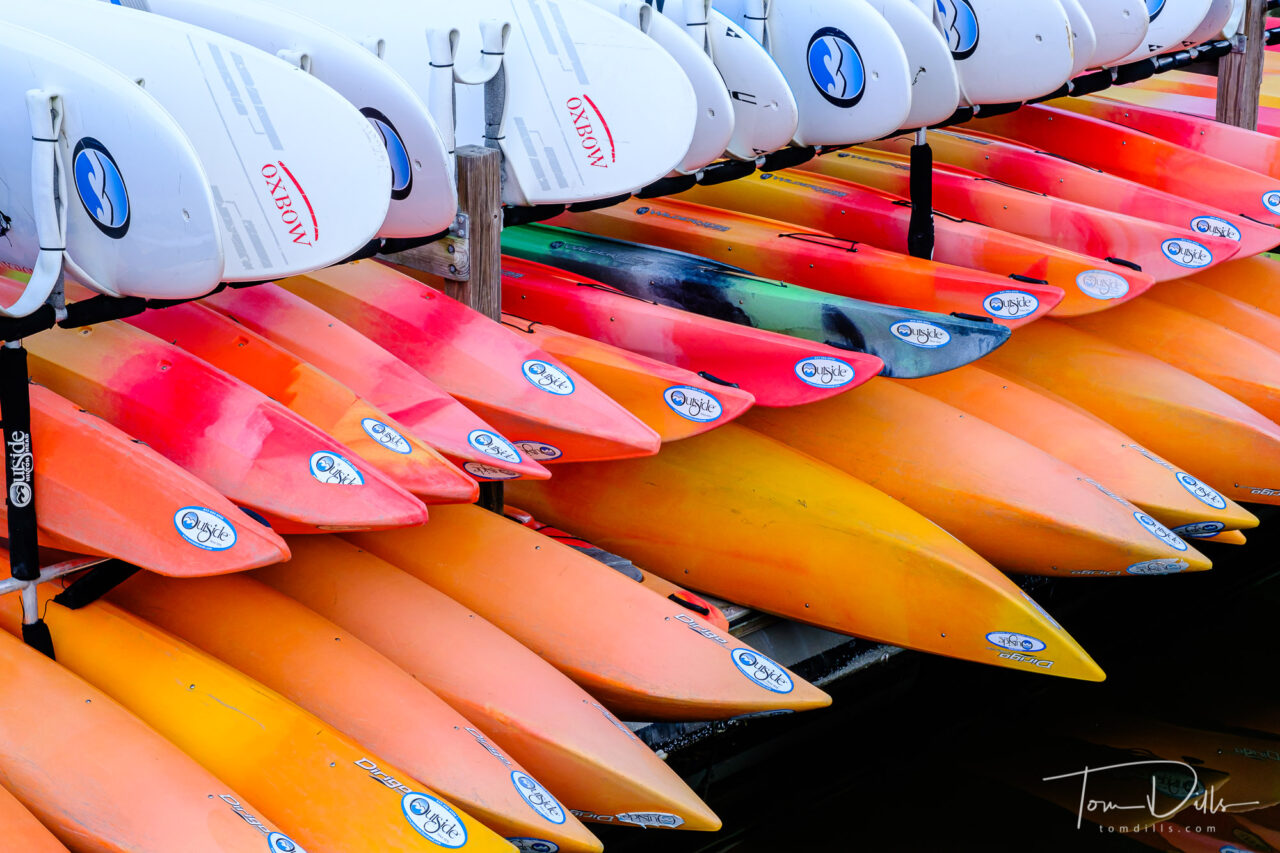
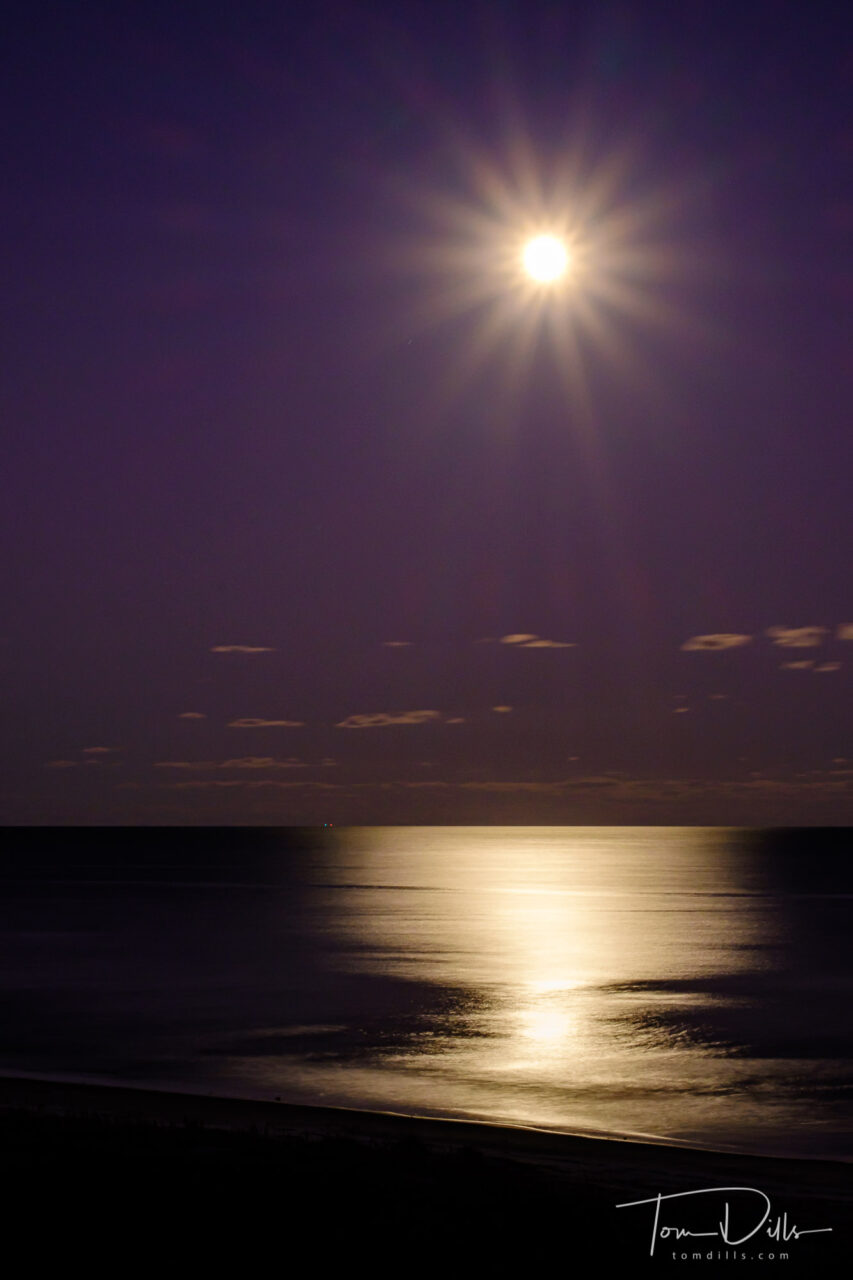
As if we haven’t been traveling enough, Kathy & I decided to head for Hilton Head Island, SC to (hopefully) escape some of the election shenanigans. Here at the beach we don’t care about a whole lot other than having enough to eat and drink. Oh, and maybe taking a few pictures.
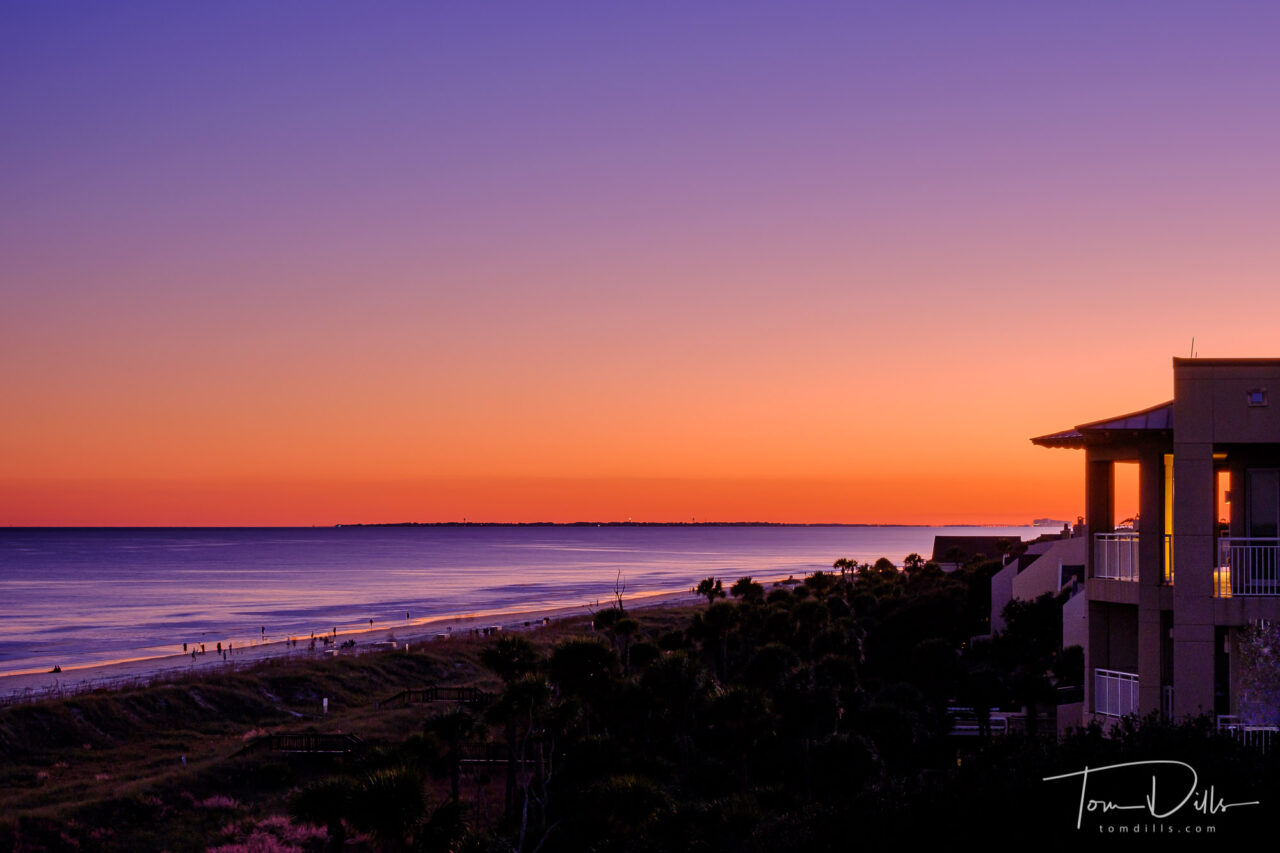
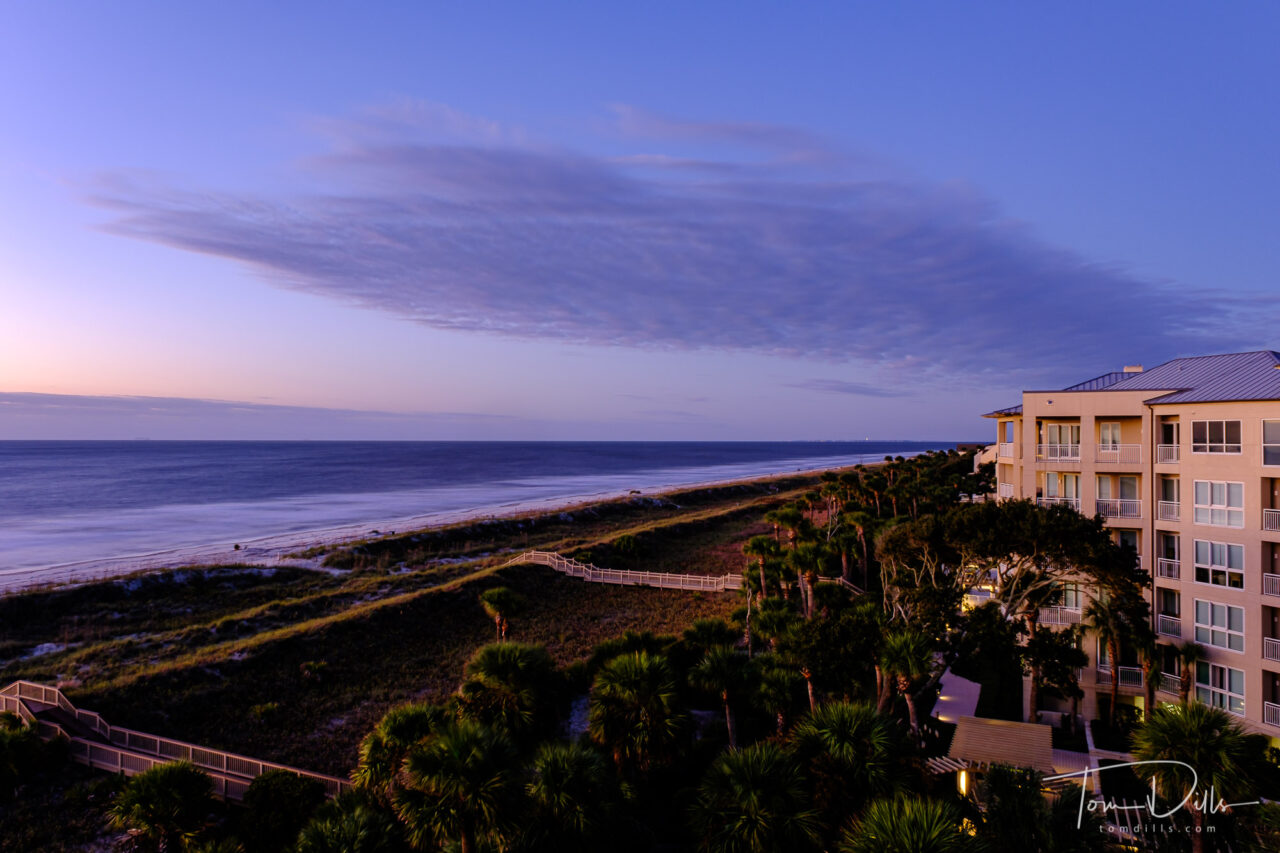
We arrived Friday afternoon to crystal clear skies, awoke to same on Saturday morning but unfortunately are dealing with gale-force winds and a dense cloud layer Saturday evening. So, no “full” moon for us. Fortunately I caught the moon in it’s “pre-full” stage on Friday. And to my way of thinking, since the full moon occurred this morning at 10:30, my “almost-full” moon is “as full” as the moon coming up this evening. That’s my story and I’m sticking to it!
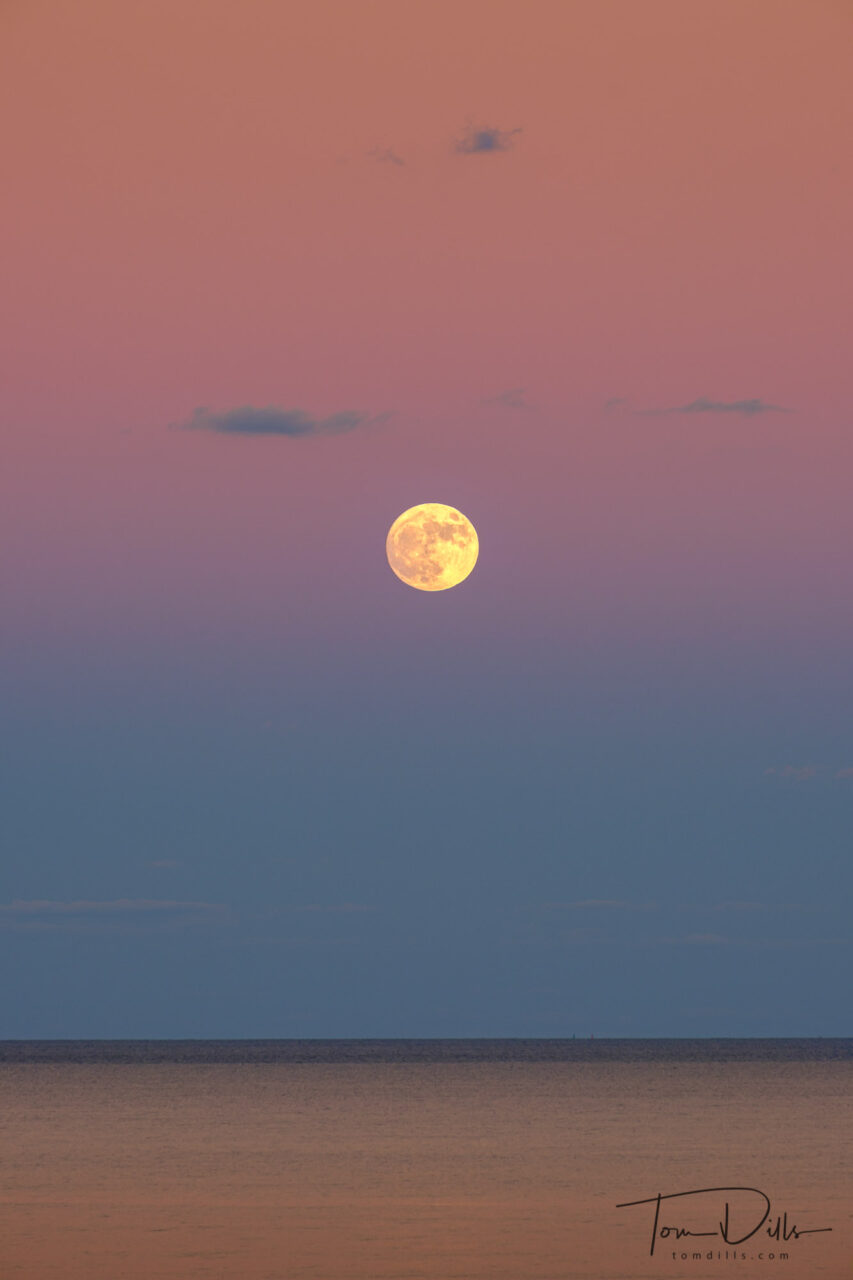
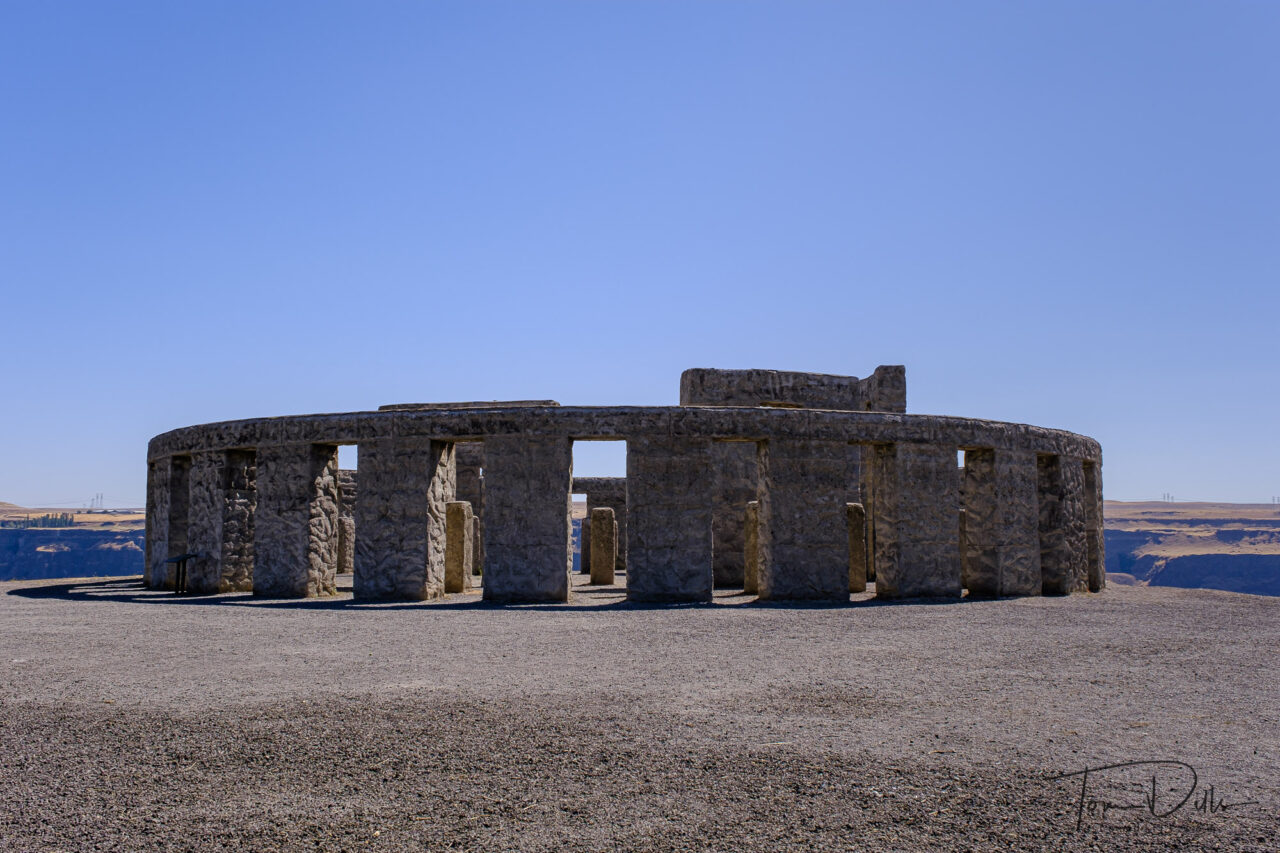
One of the stops on our drive along the Columbia River from eastern Washington was Stonehenge. No, not the one in England, but the one in Washington.
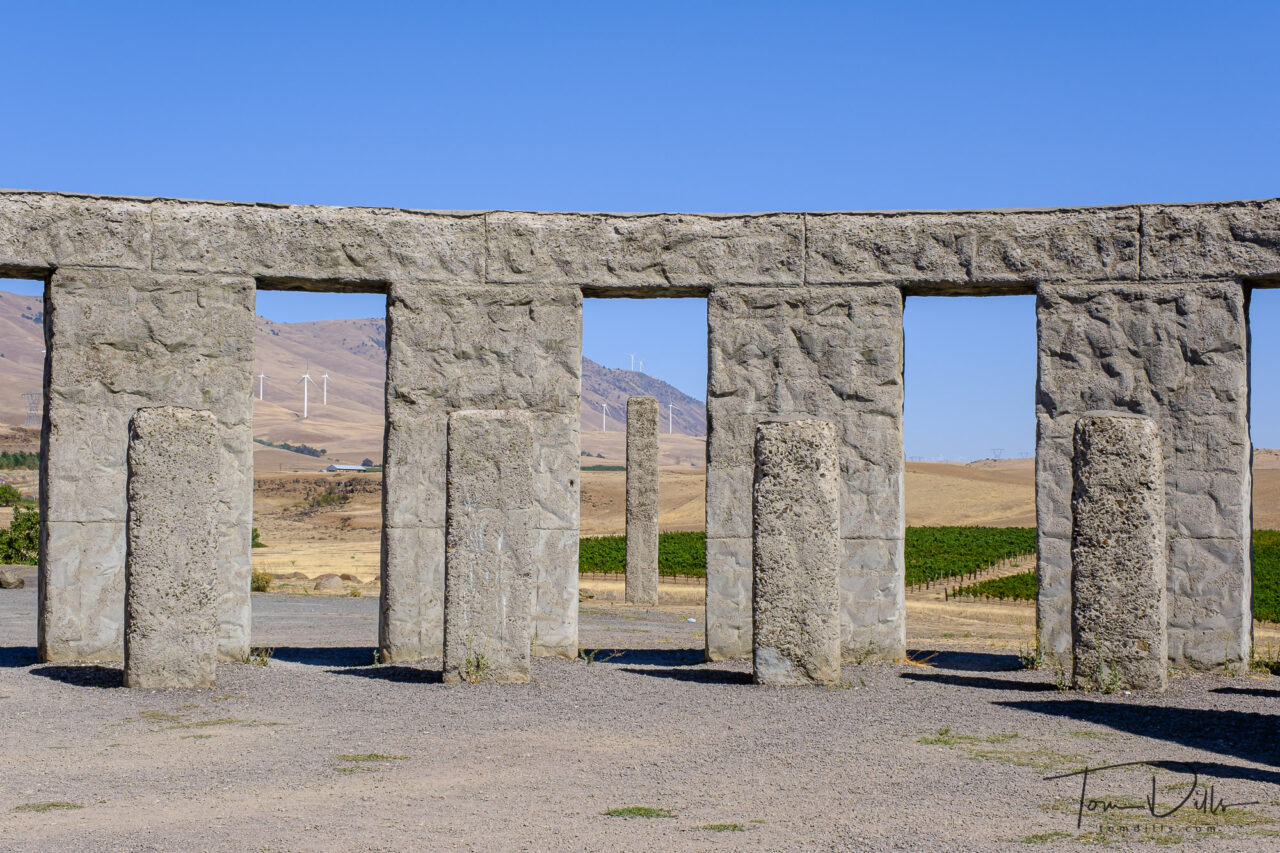
The Washington Stonehenge is a replica of England’s Stonehenge located in Maryhill, Washington. It was commissioned in the early 20th century by the wealthy entrepreneur Sam Hill, and dedicated on 4 July 1918 as a memorial to the people who had died in World War I. The memorial is constructed of concrete, and construction was commenced in 1918 and completed in 1929.
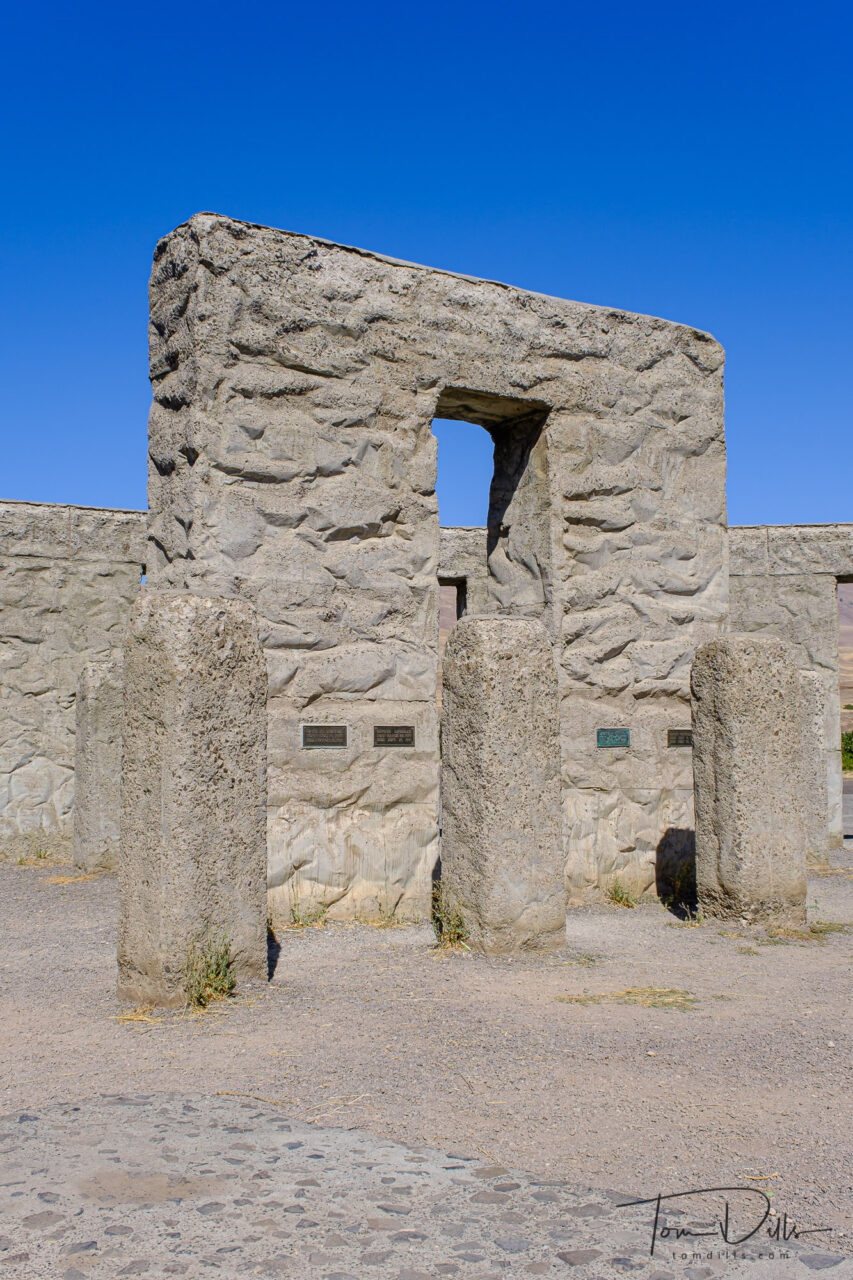
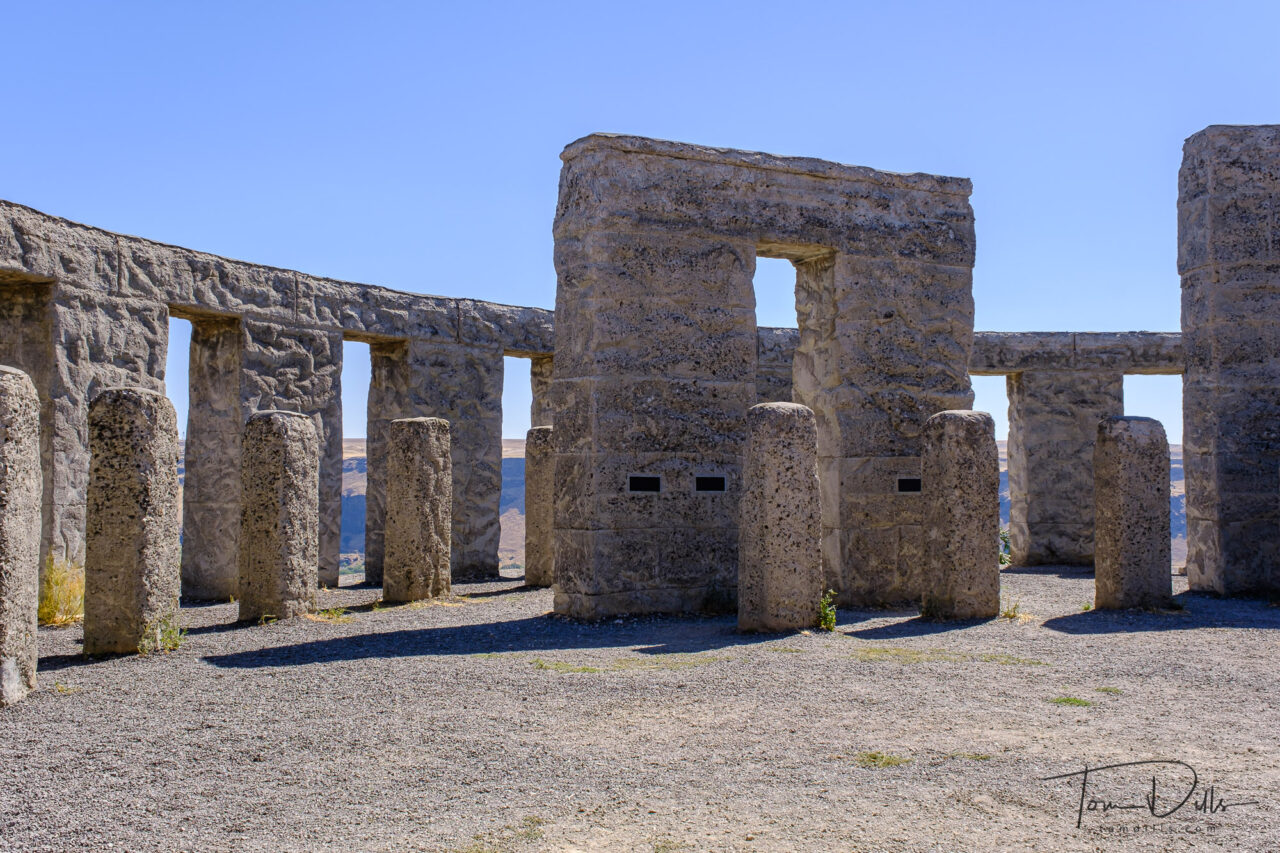
The dedication plaque on this Washington Stonehenge is inscribed:
“In memory of the soldiers and sailors of Klickitat County who gave their lives in defense of their country. This monument is erected in the hope that others inspired by the example of their valor and their heroism may share in that love of liberty and burn with that fire of patriotism which death can alone quench.”
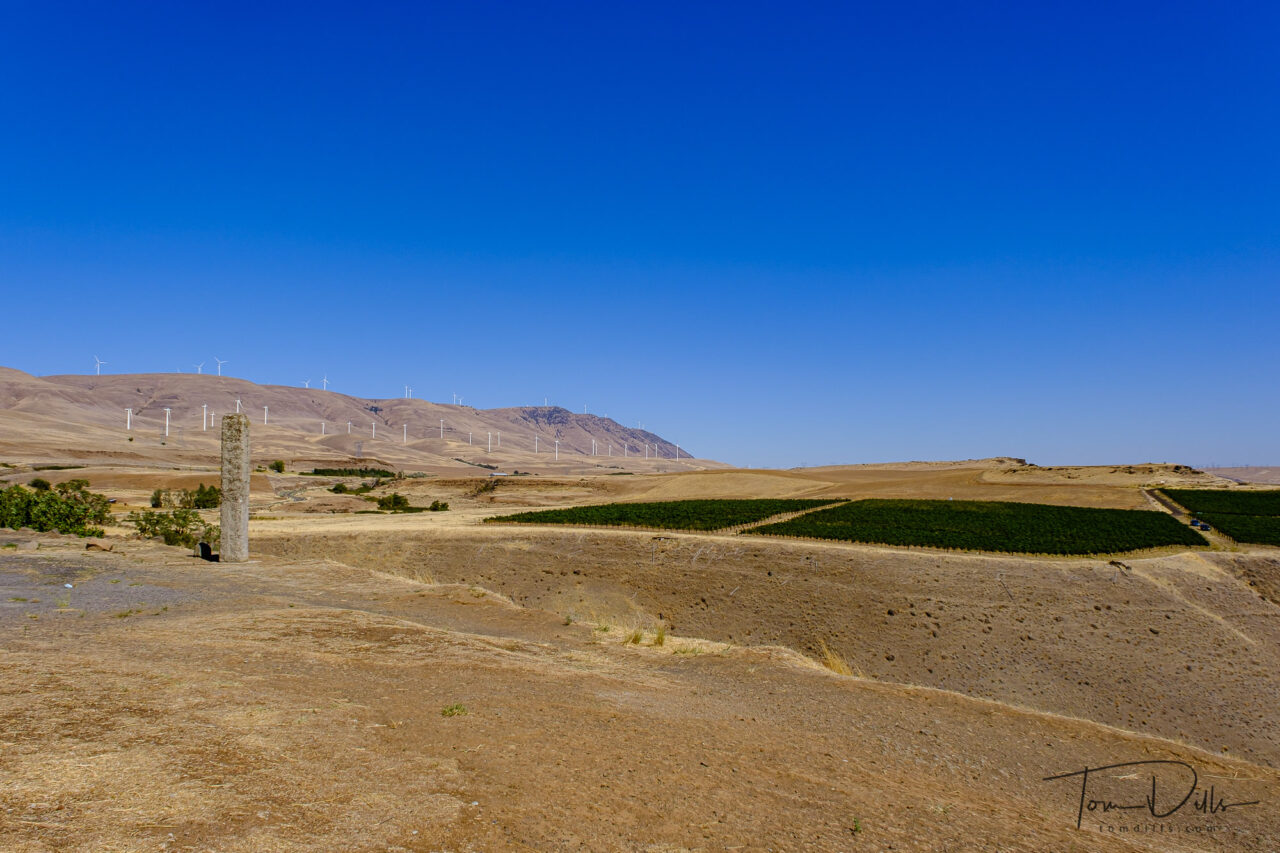
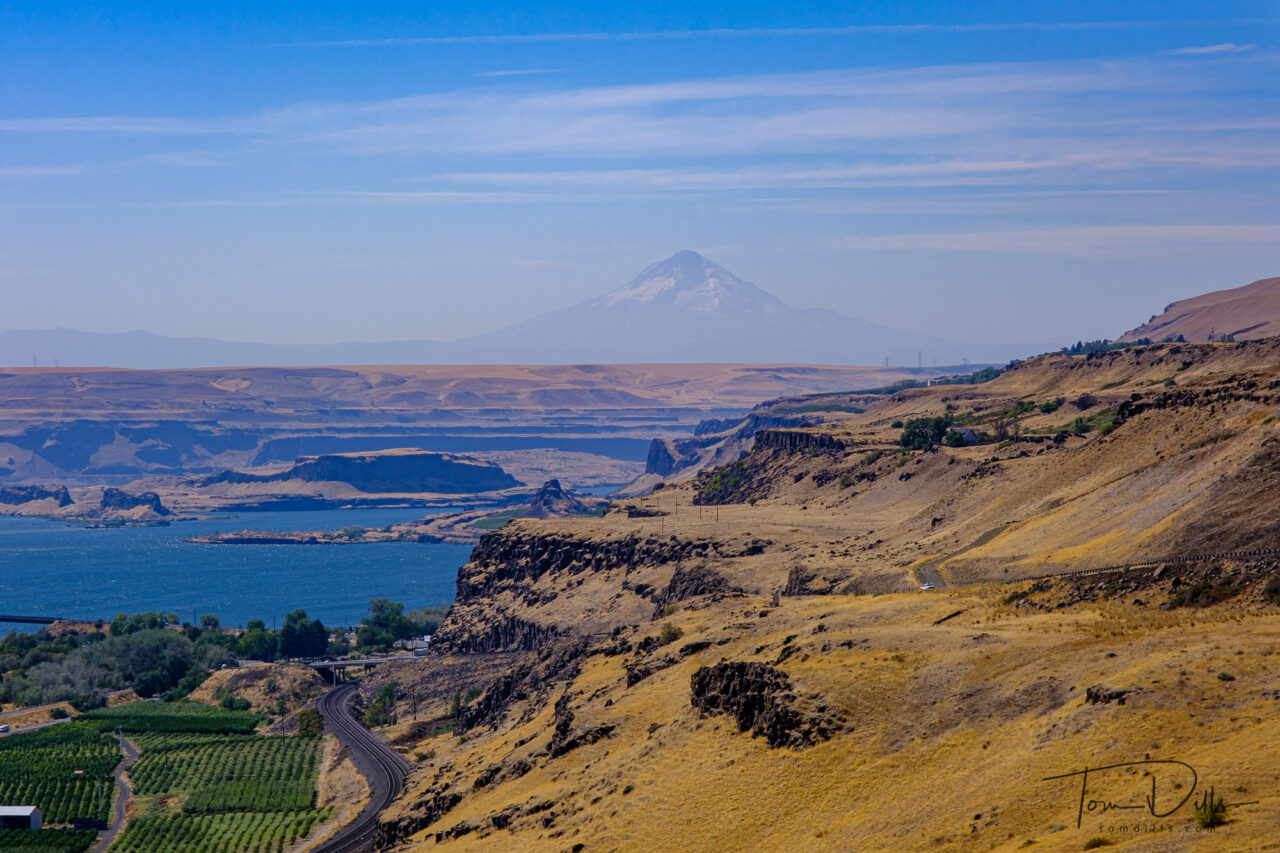
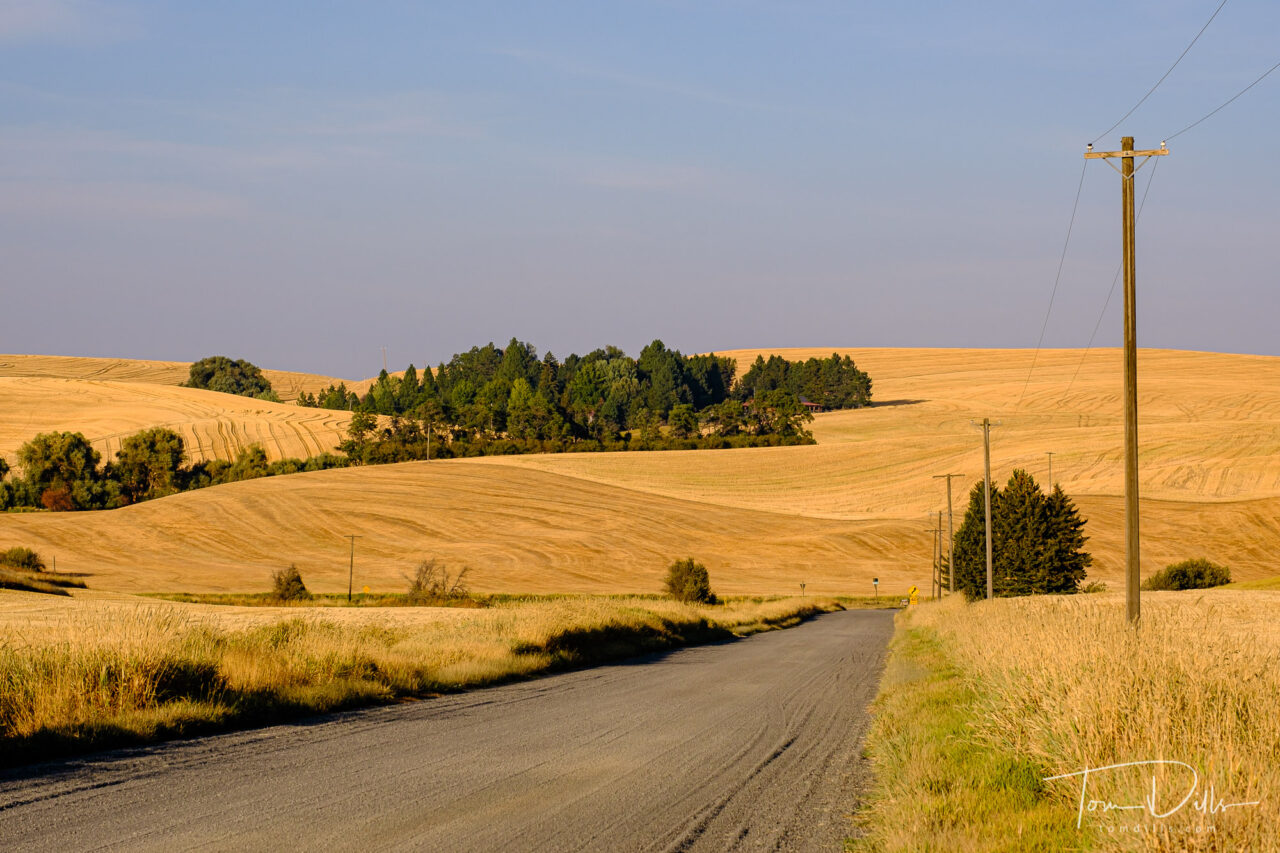
On the day we arrived in Pullman, Washington, the weather service had posted high wind warnings for the following day, with blowing dust, falling trees and all sorts of mayhem. As if that wasn’t enough, when we checked in to our motel we found out that a group of National Guard troops were due to arrive the following day to set up a Covid testing site at the university. Swell.
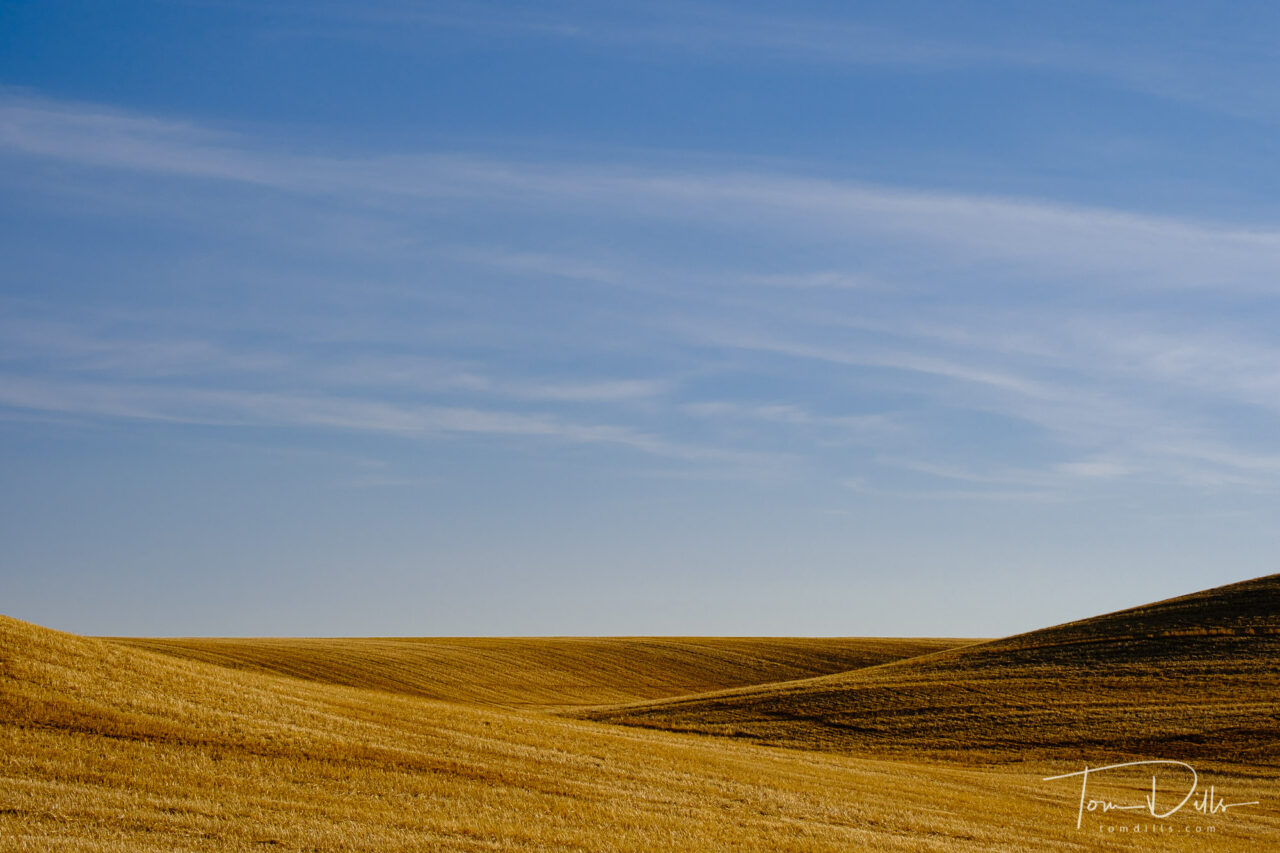
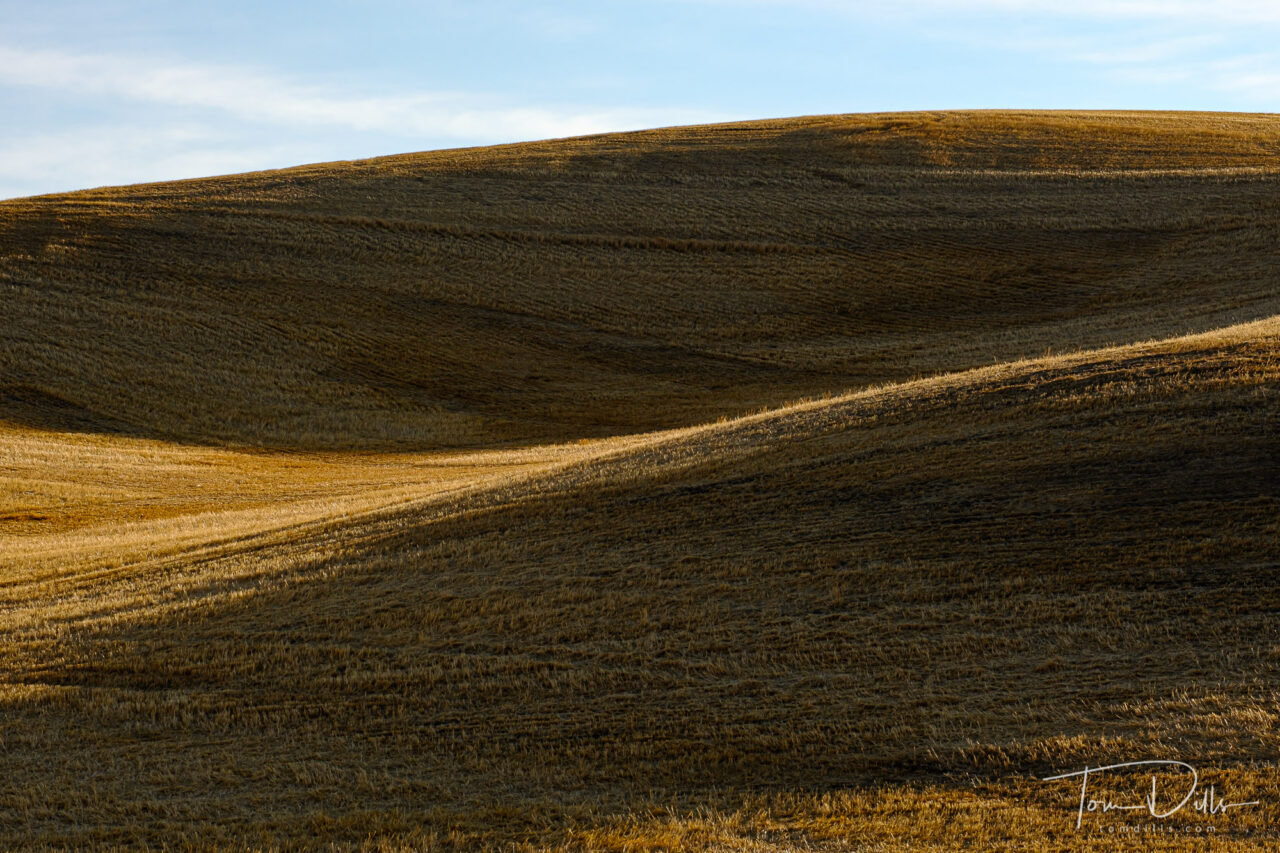
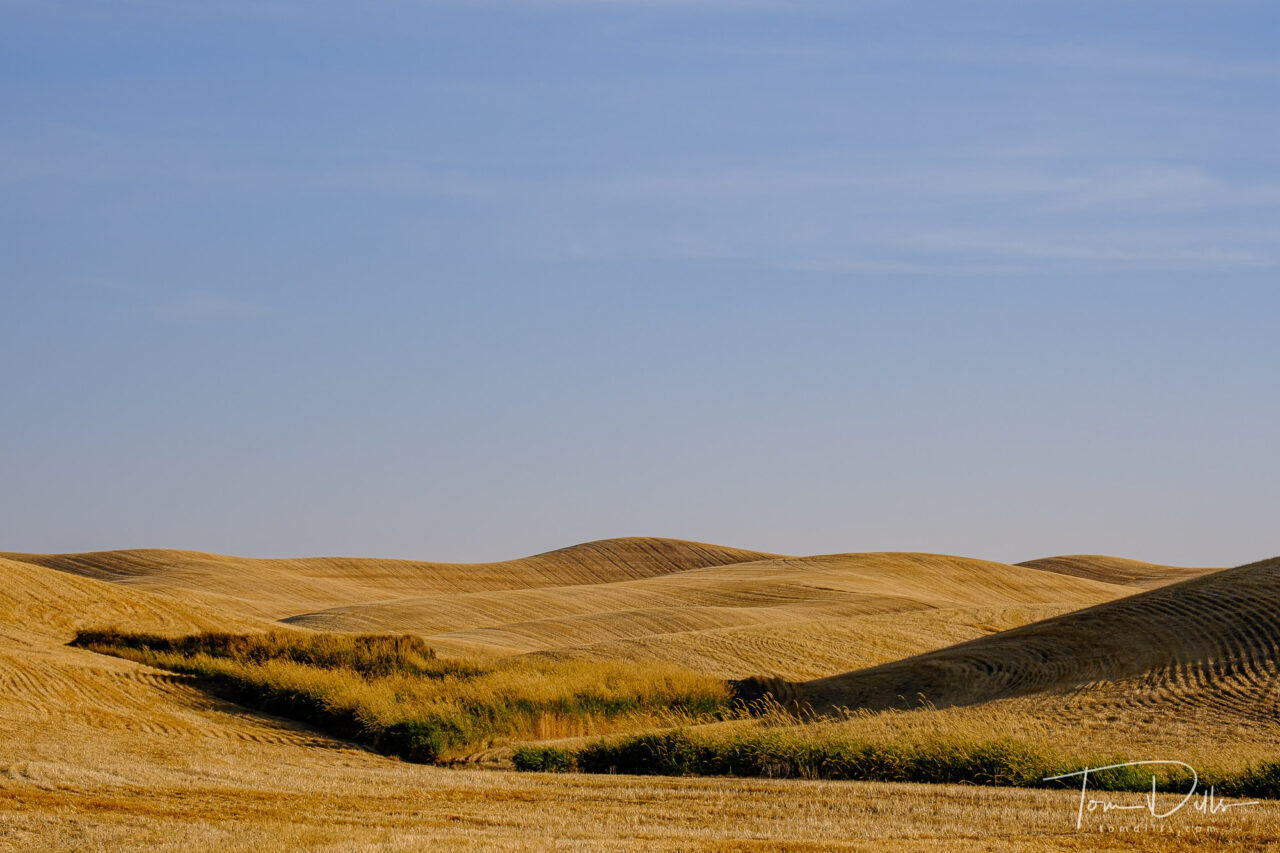
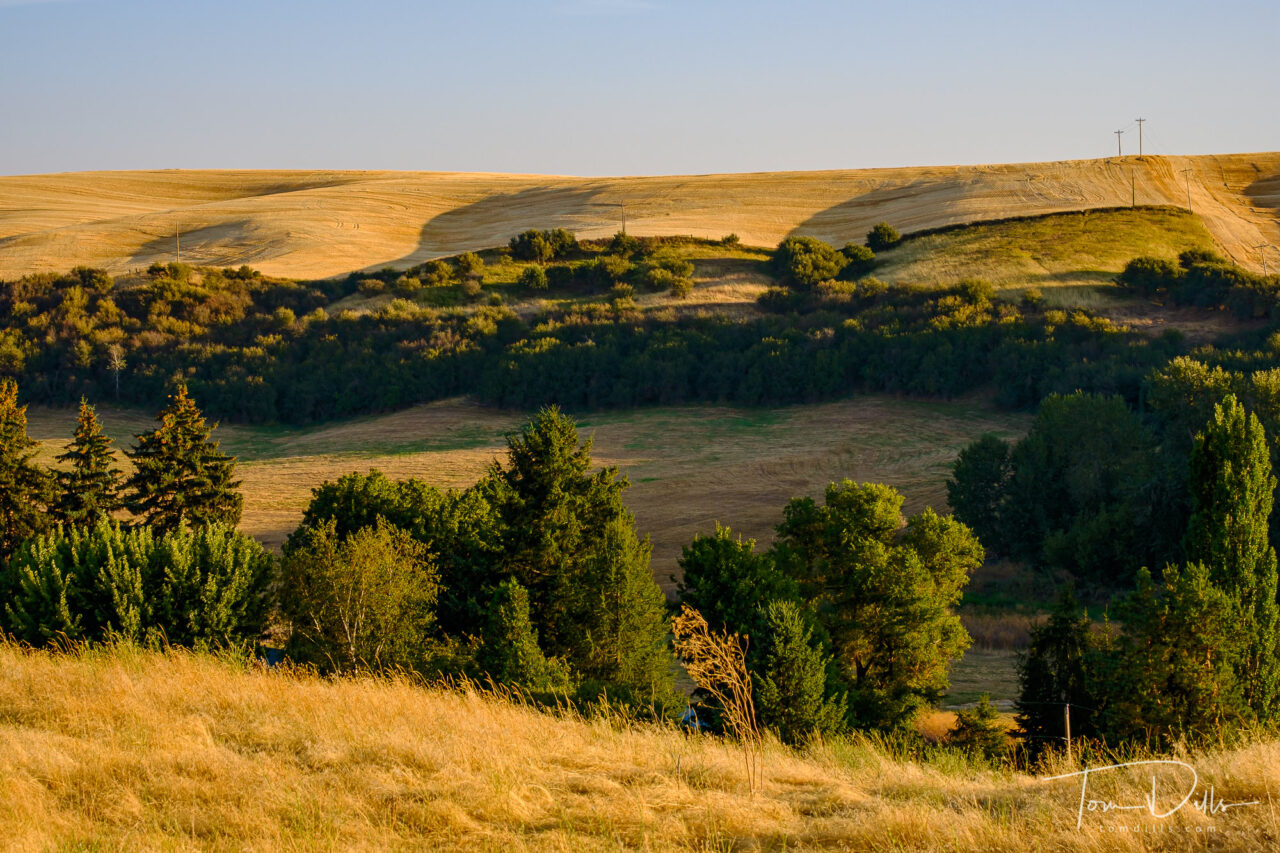
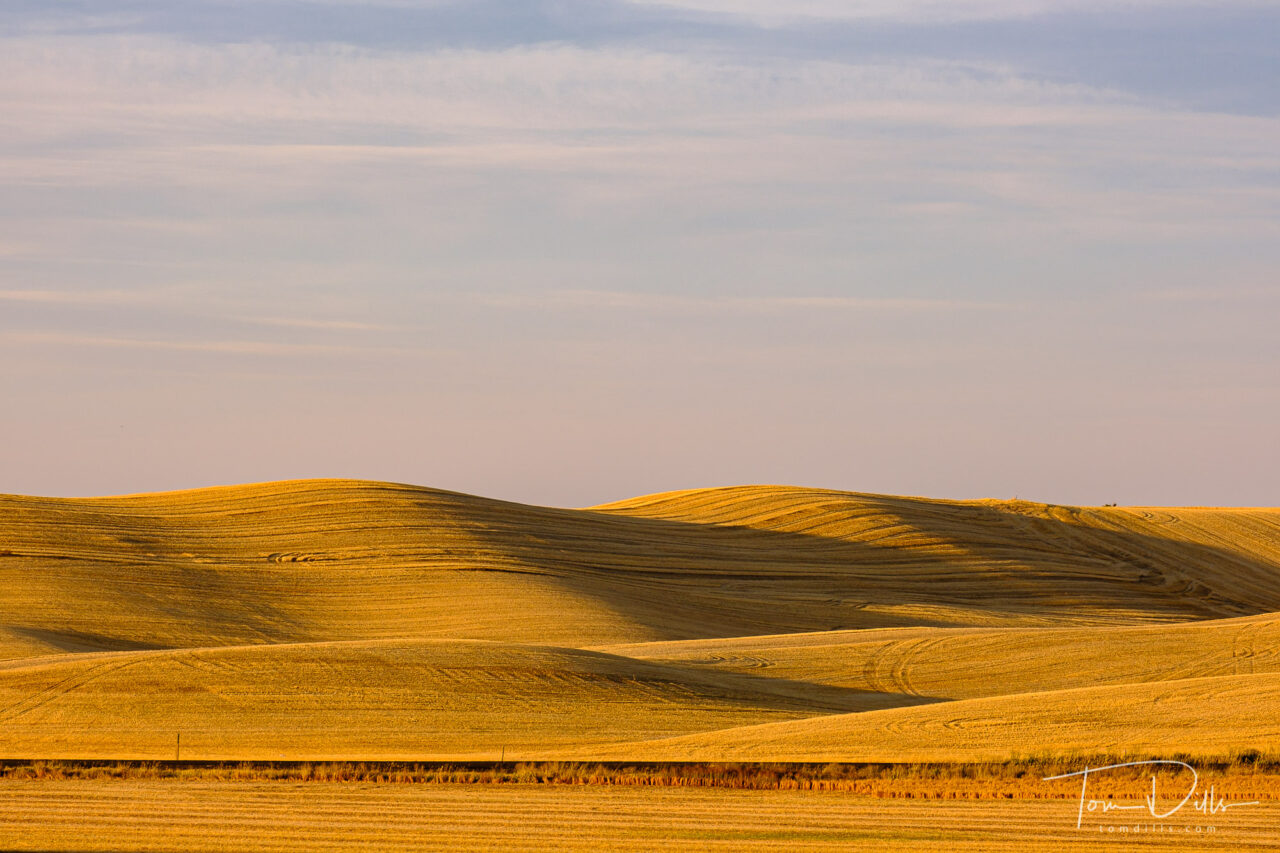
For those who don’t already know, The Palouse is a distinct geographic region encompassing parts of north central Idaho, southeastern Washington, and, by some definitions, parts of northeast Oregon. It has become a destination for photographers from all over due to the rolling hills that come alive in the spring and fall when this fertile land produces a mix of deep greens and brilliant yellows. Our visit was past the peak time, so for the most part we saw fields of wheat contrasting with areas that had already been harvested, so instead of green and yellow we had yellow and brown. It still made for some interesting photographs!
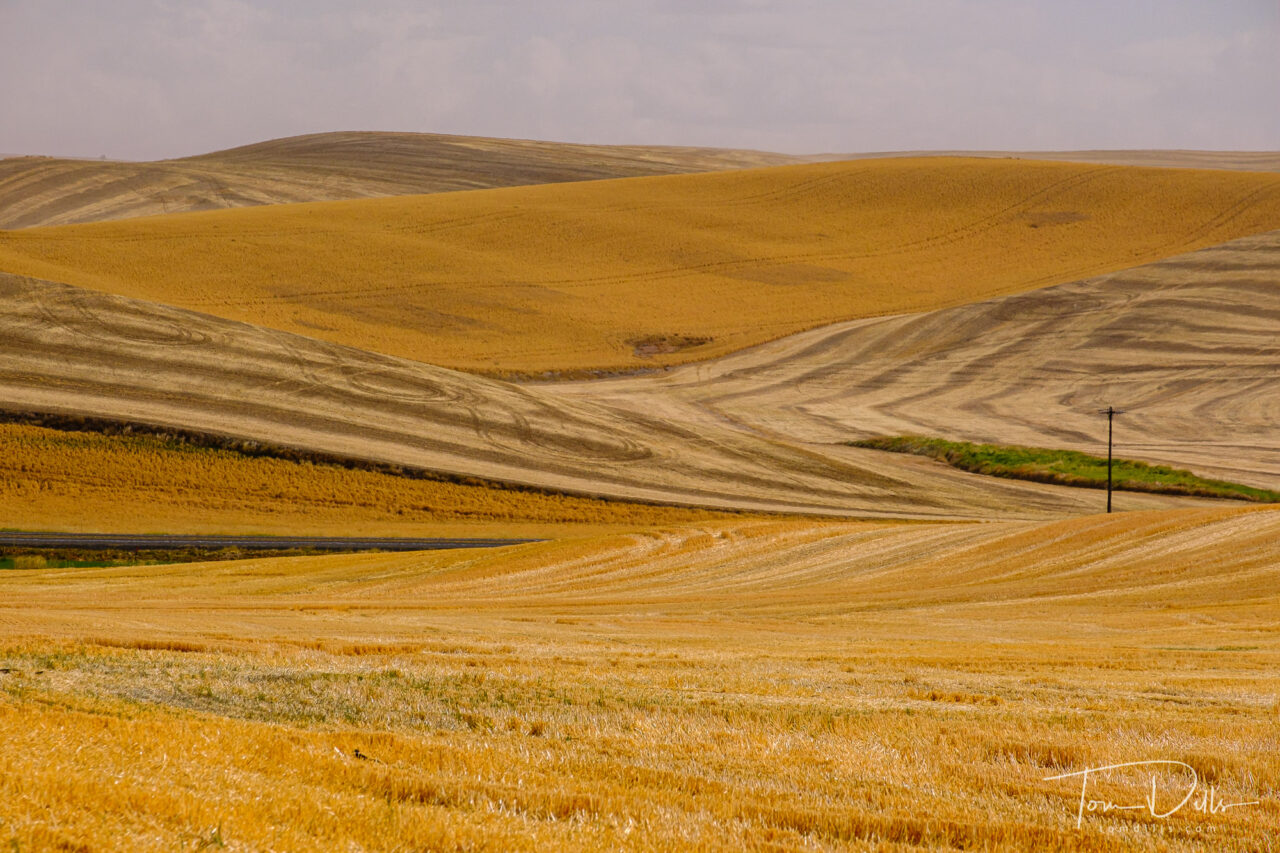
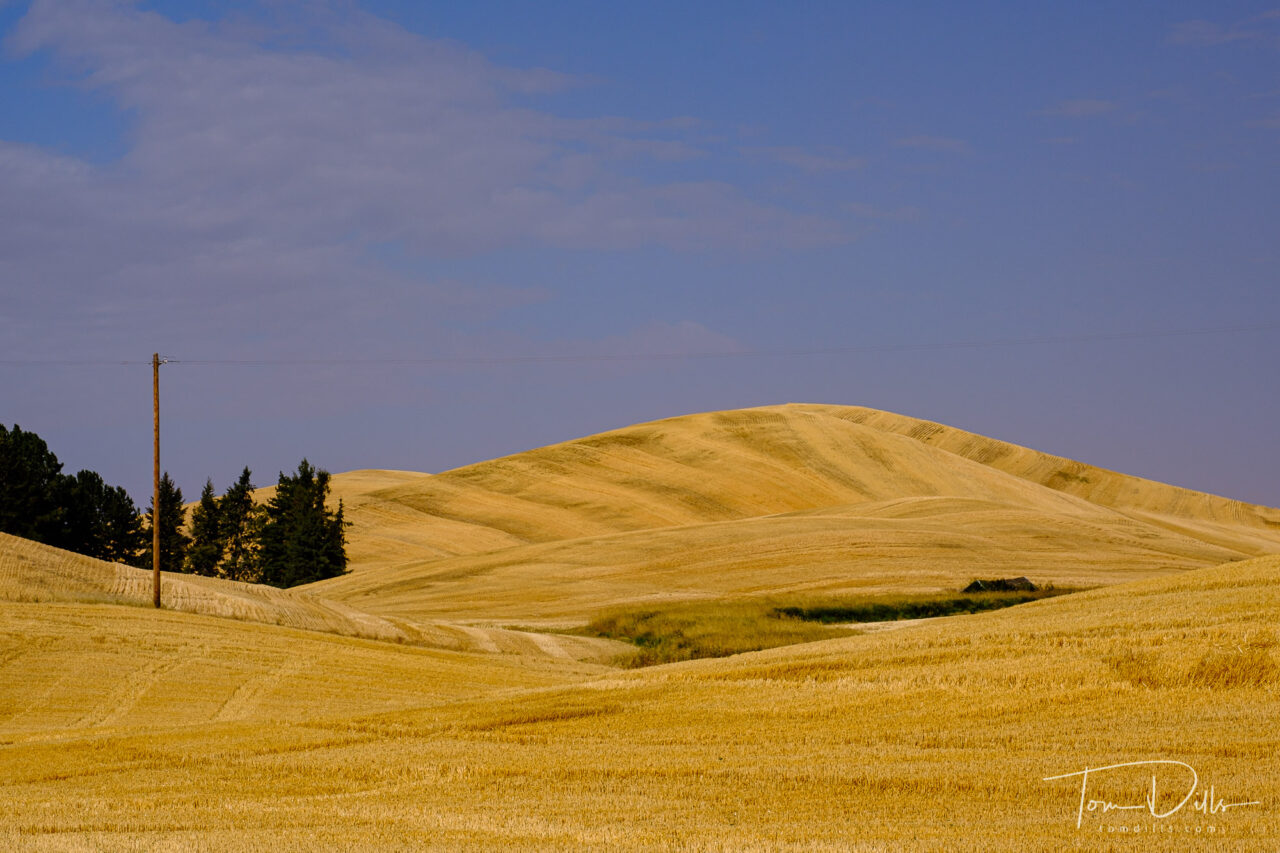
I had dismissed The Palouse as one of those photographic cliches that “everyone” does, like the slot canyons in Arizona or the “Boneyard” in South Carolina. And in many ways it is exactly that. If you are there at the right time and in the right light, all you really need to so is point the camera at something and press the button. But the interesting thing is that it isn’t that easy! In order to make a personally interesting photograph you need to work at it. Yes, I took a bunch of photos, but when it came right down to it I ended up with only a handful or two of truly “special” photos.
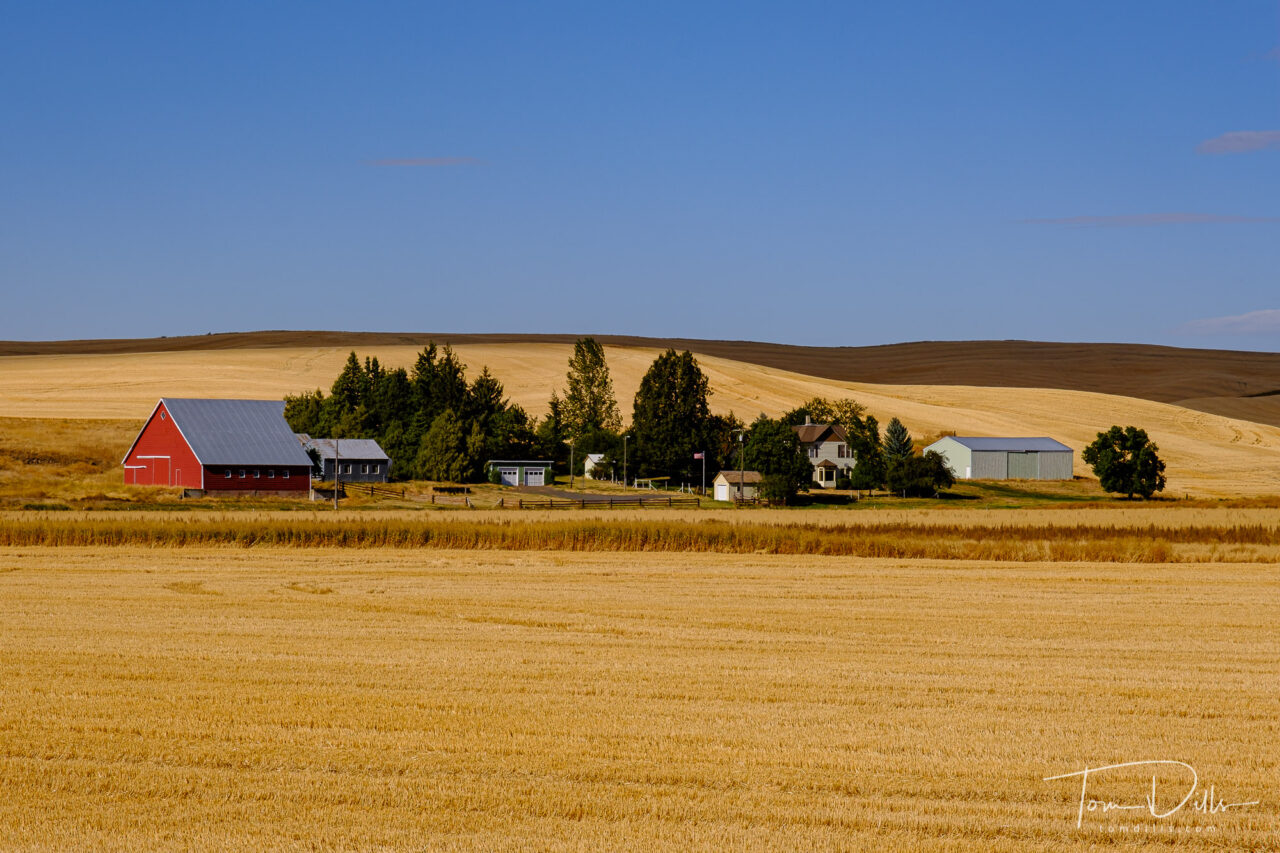
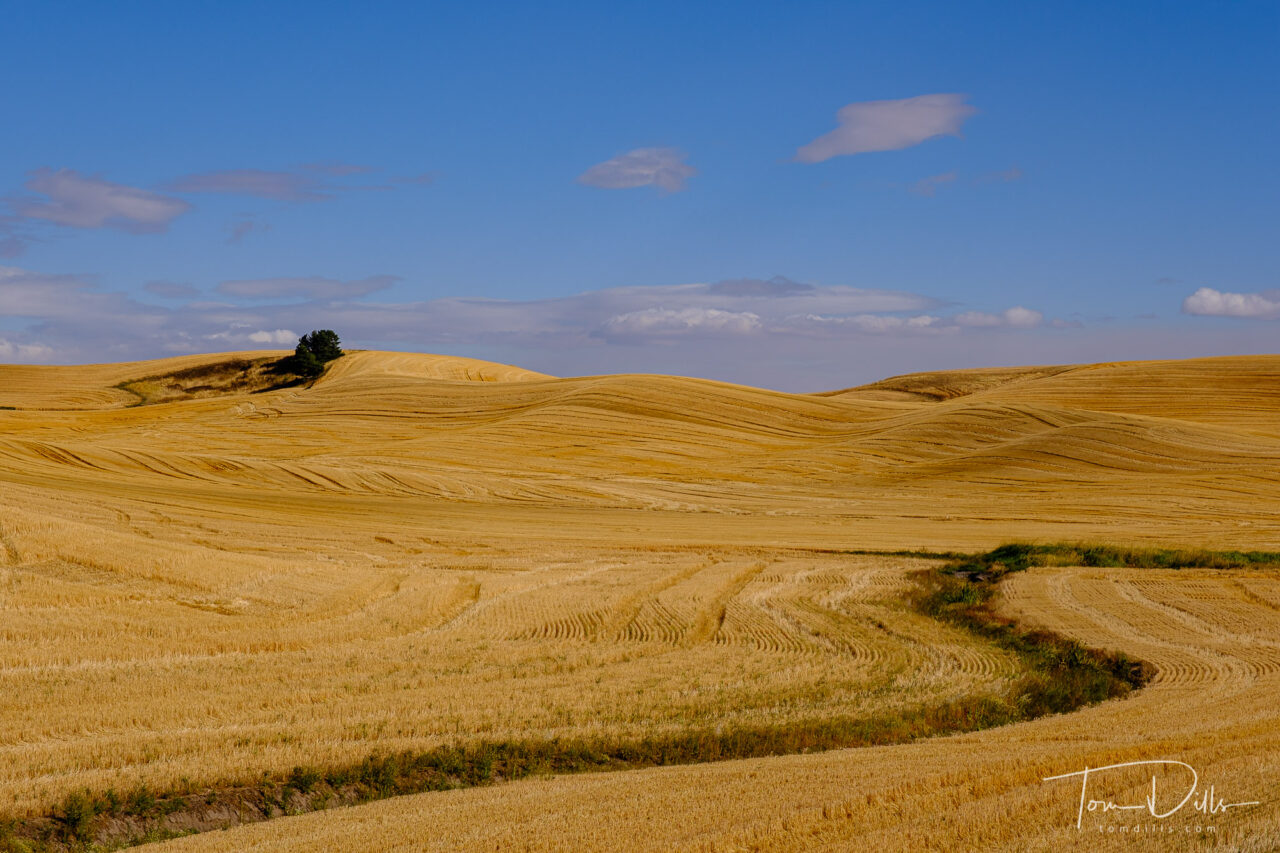
We had only planned to spend two nights in Pullman anyway and were prepared to make the most of our time, so we set out in late afternoon of the first day to explore the countryside. We had no difficulty finding photogenic scenery! The biggest difficulty was that most of the roads through the countryside are dirt and gravel. And the dirt is not what we find here in the east. Because the soil is so rich and fertile, the dirt can be more like a fine talcum powder, and it gets into everything. Fortunately I didn’t have to change lenses in the field so I didn’t have that to worry about! The car, however, was a mess!
The next day we had planned to head to Steptoe Butte, a state park with a high point that is supposed to be ideal for photographing the surrounding countryside. But when we got up in the morning, the winds had arrived as advertised, so we decided to skip Steptoe, reasoning that the higher elevation would make it a very unpleasant place to spend a wind storm. So we headed west and south toward the Snake River Valley.
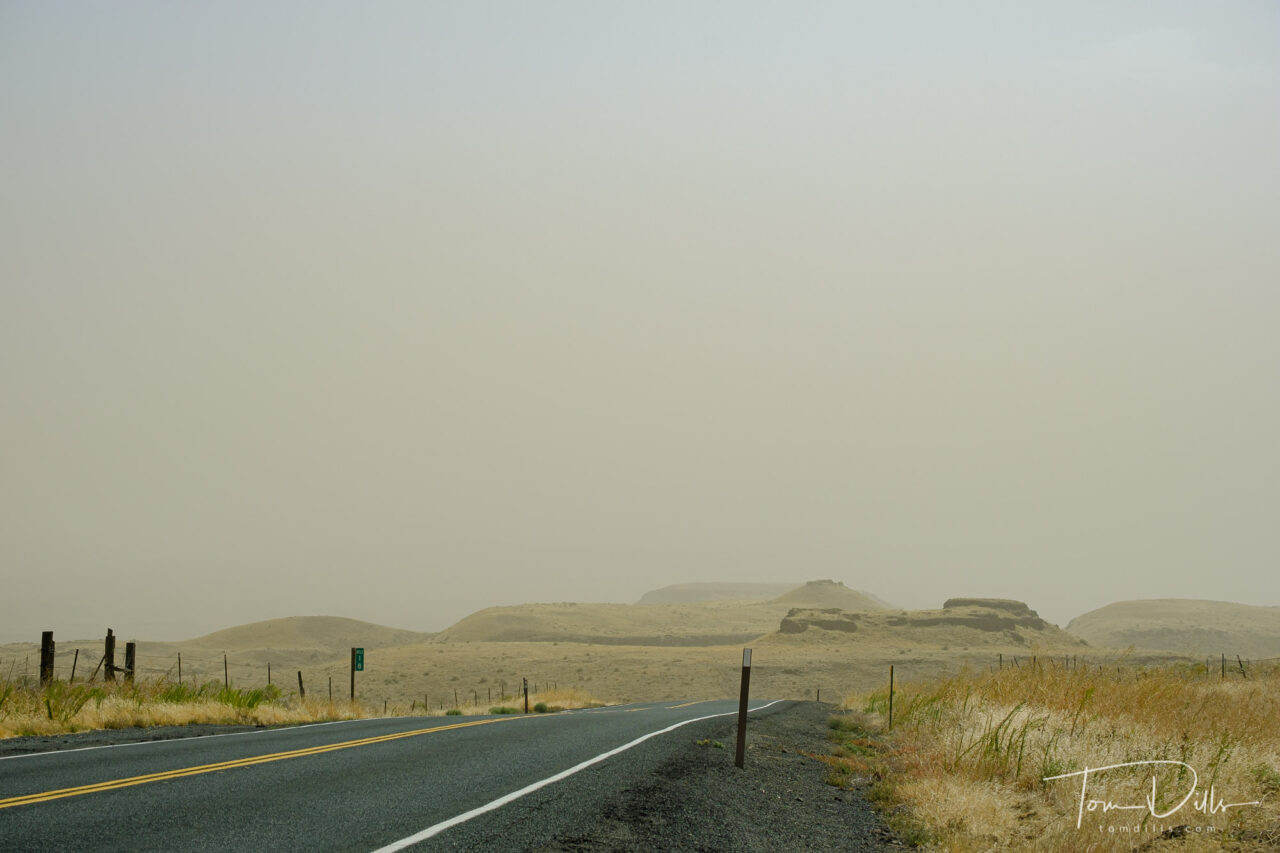
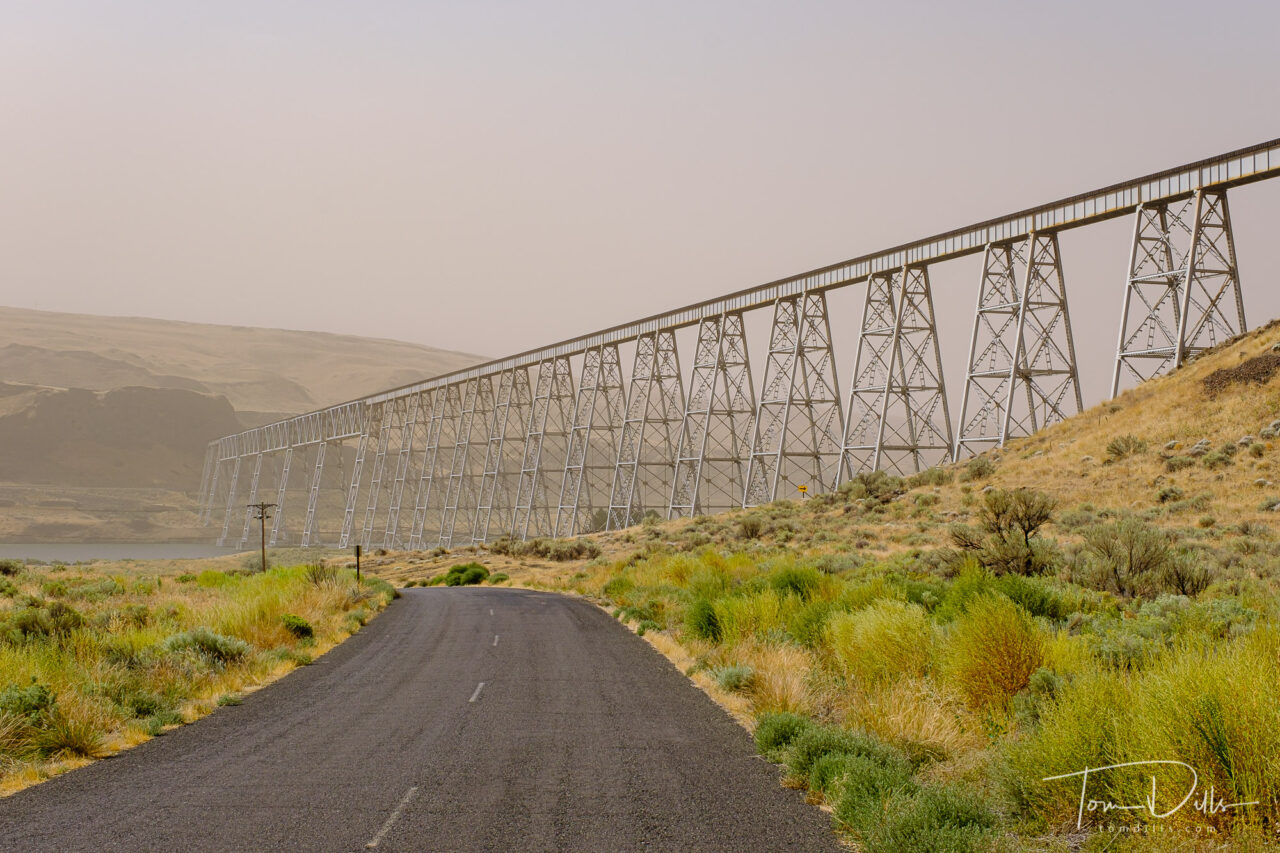
How windy was it? Well, they actually closed I-90 due to dangerous crosswinds and blowing dust. And on the country roads we were traveling, it got to the point where I had to turn off the car’s anti-collision system, because every time a tumbleweed would blow across the road in front of us the car would slam on the brakes as though it was an object of some sort. Scary, especially if someone had been behind me! Fortunately there was hardly anyone else on the road, so it was no big deal.
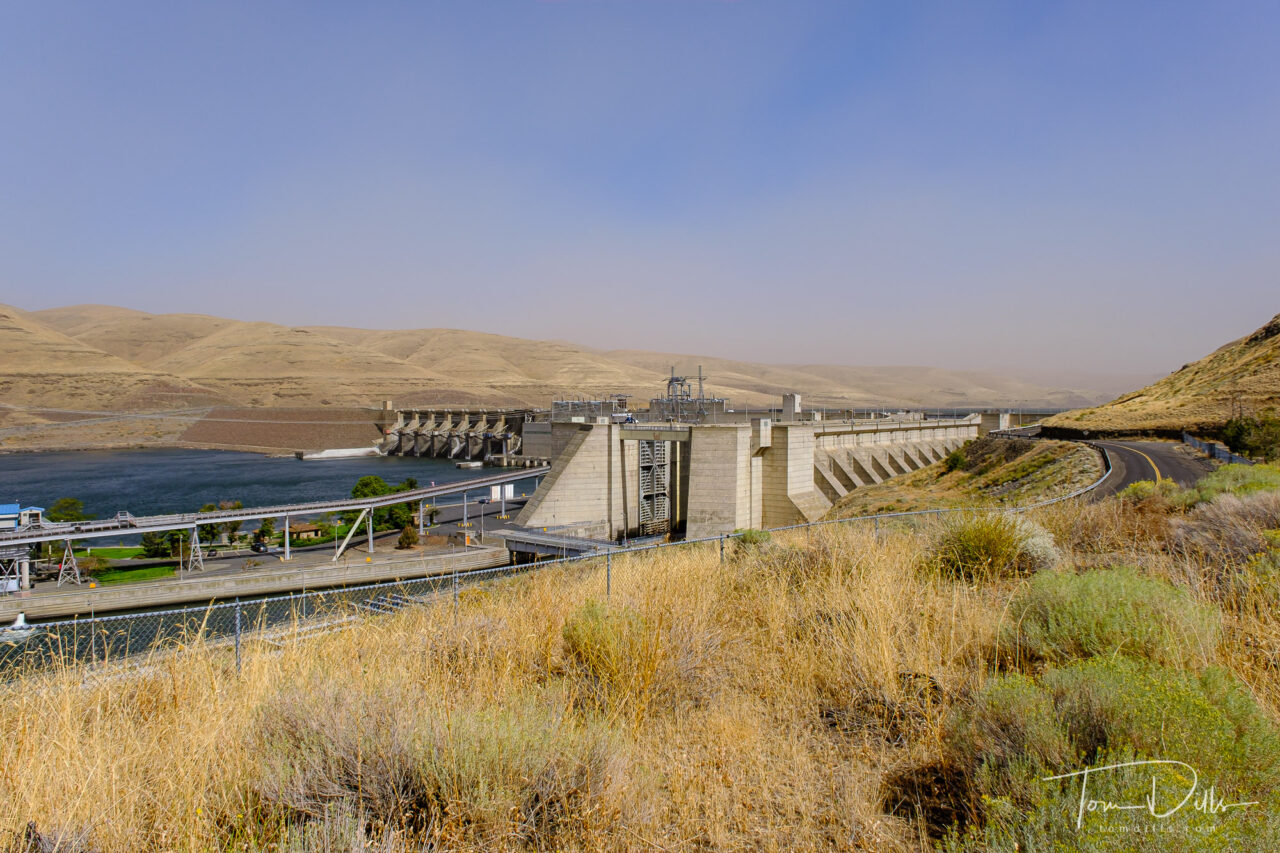
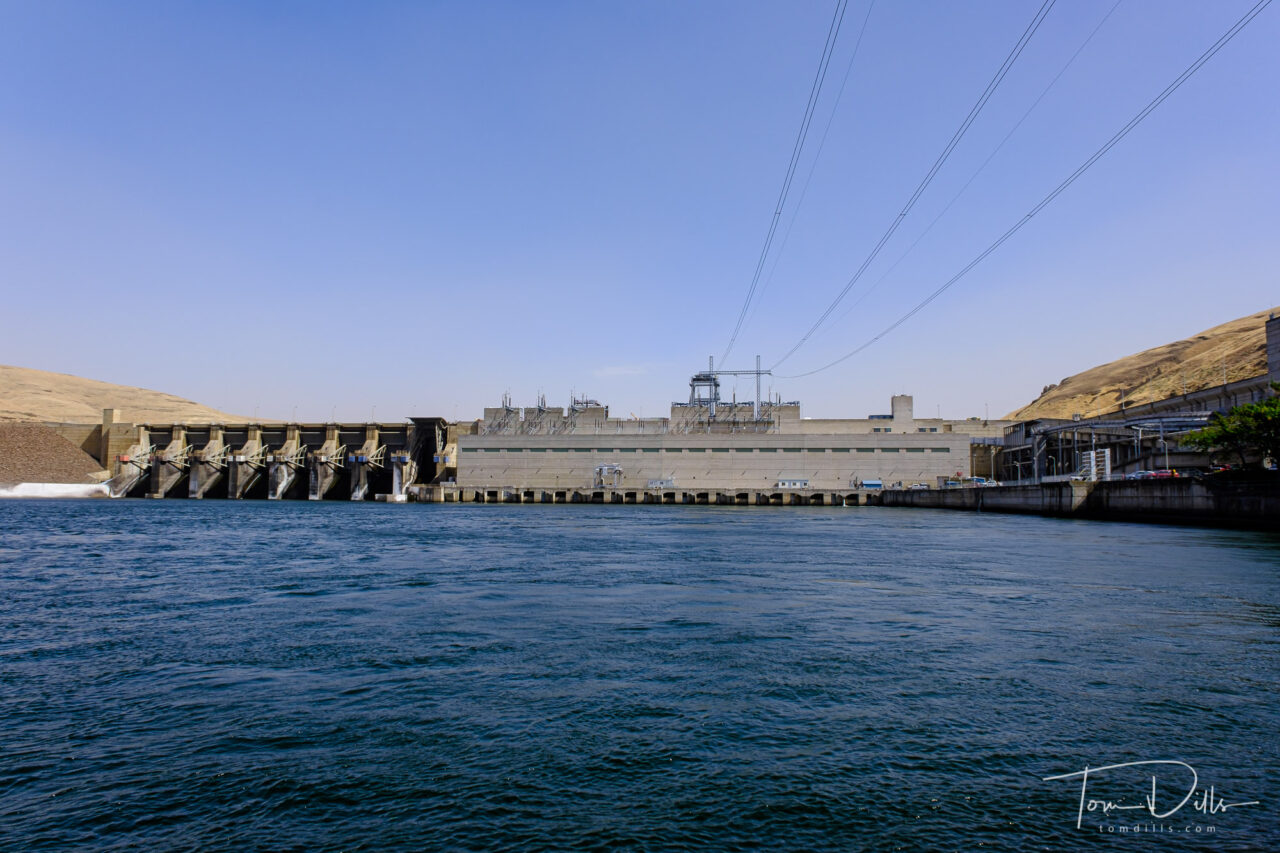
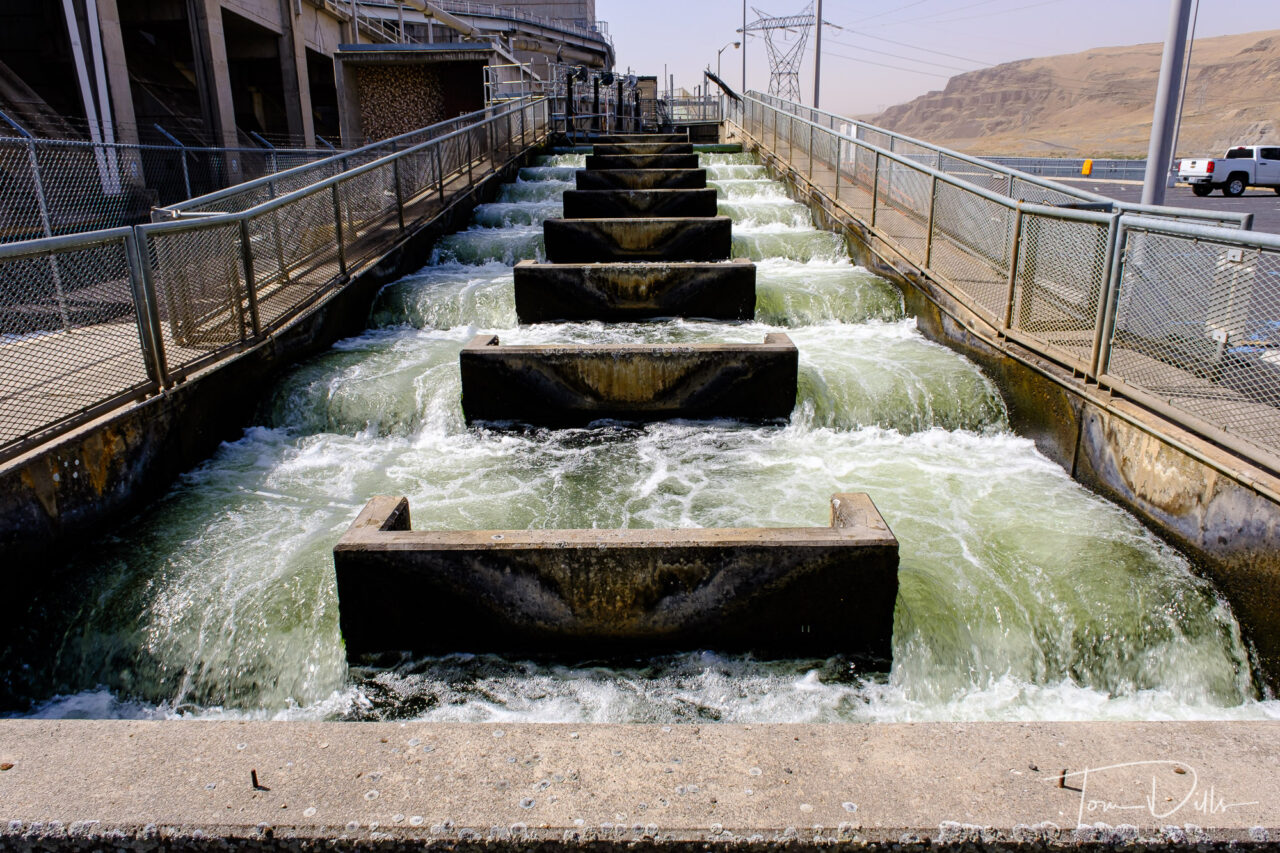
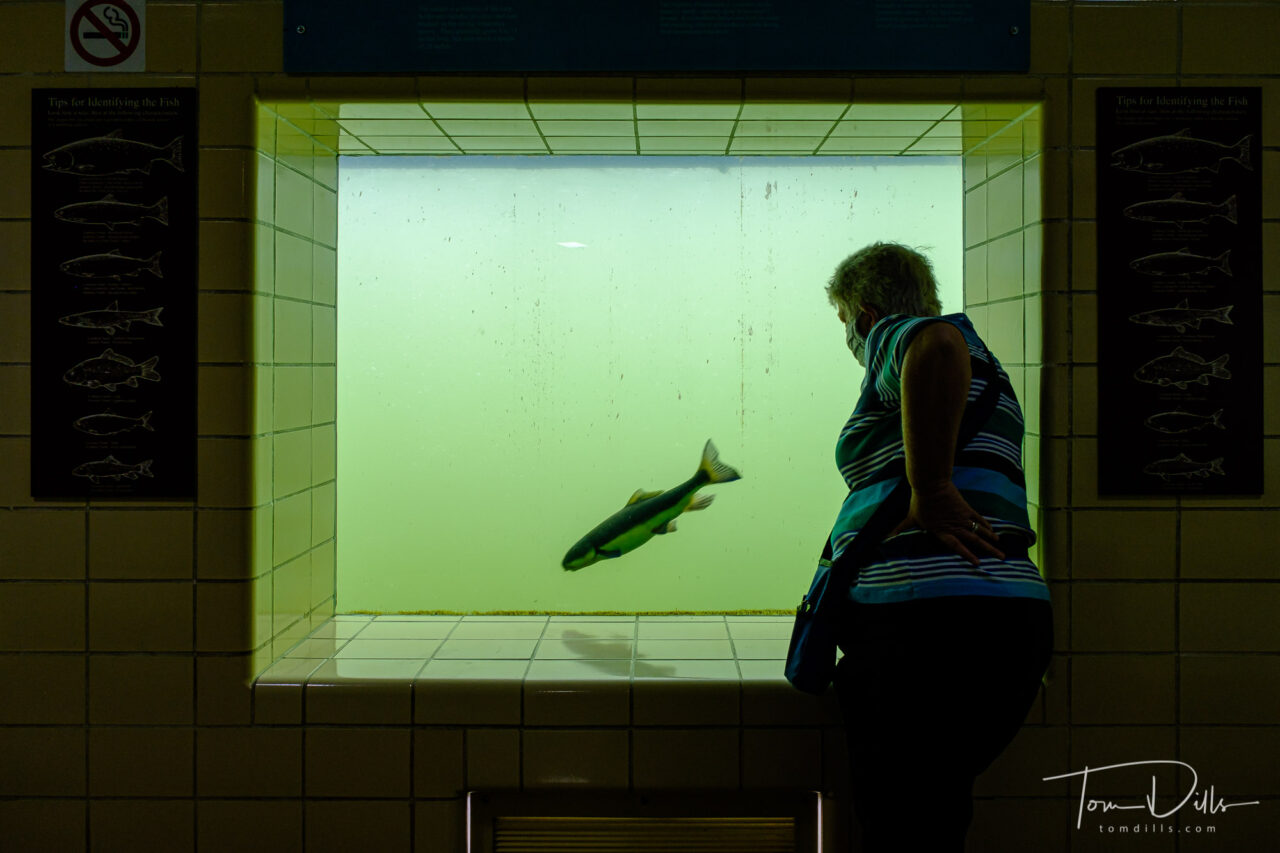
Down along the Snake River, things were a bit less windy and not so dusty. We stopped at the Little Goose Lock & Dam near LaCrosse, where we talked to one of the biologists there and toured the fish ladder and viewing room. We saw several species of fish, including Chinook Salmon, swimming through.
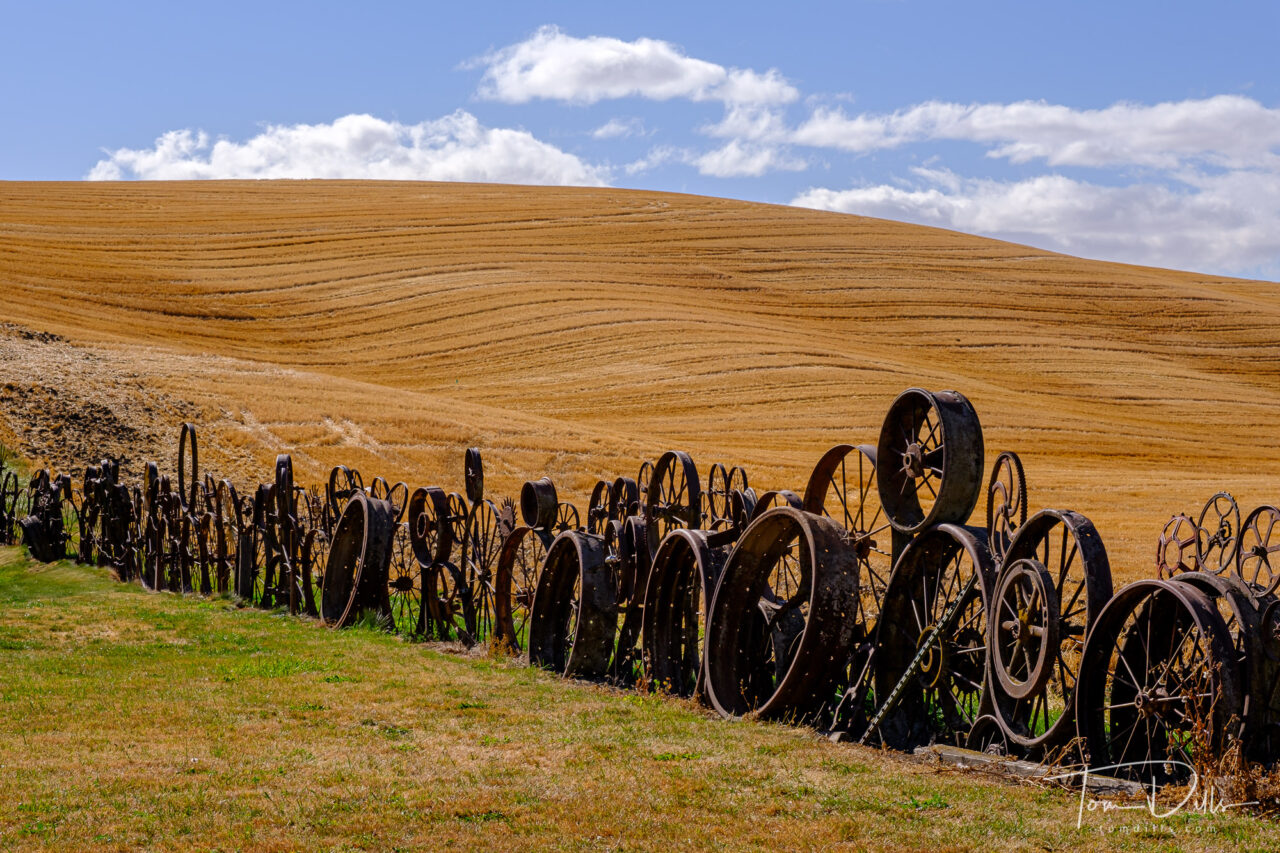
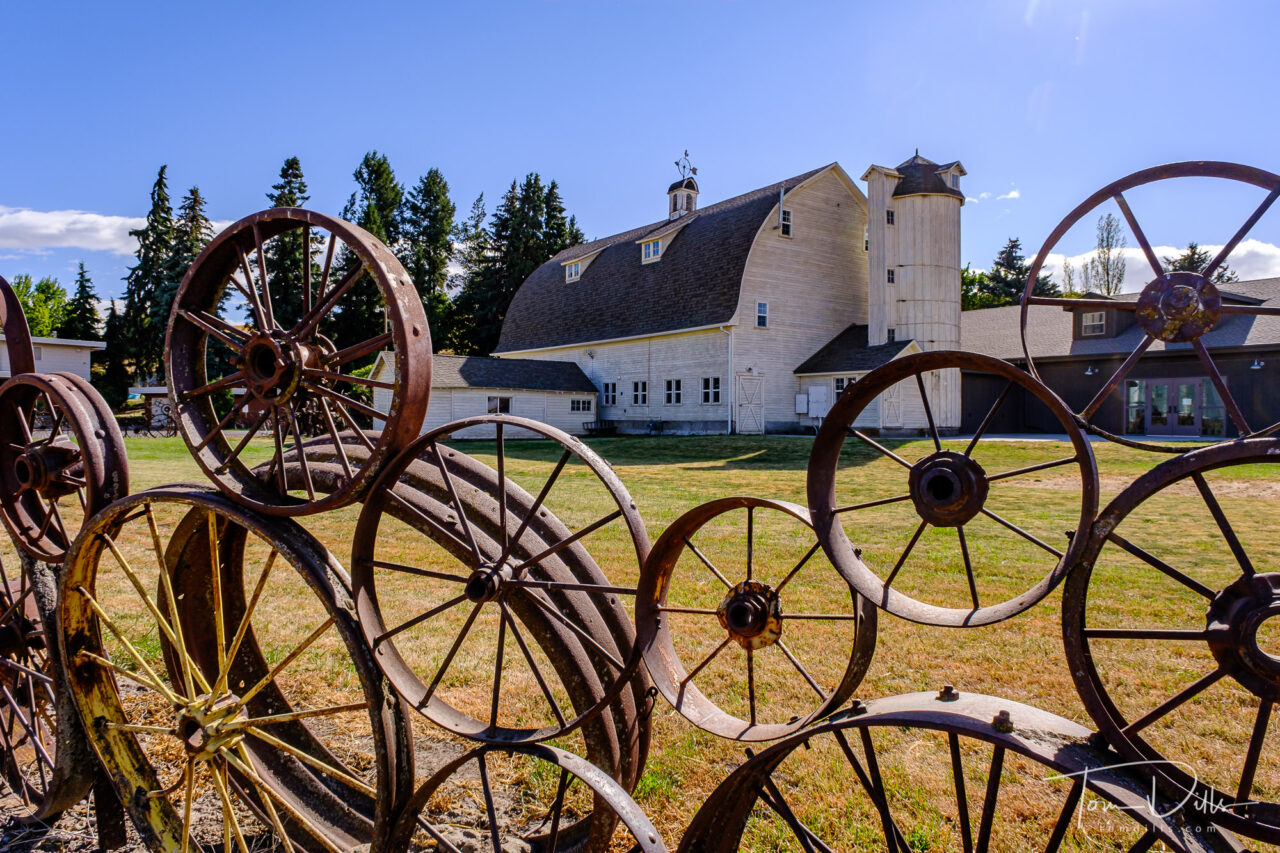
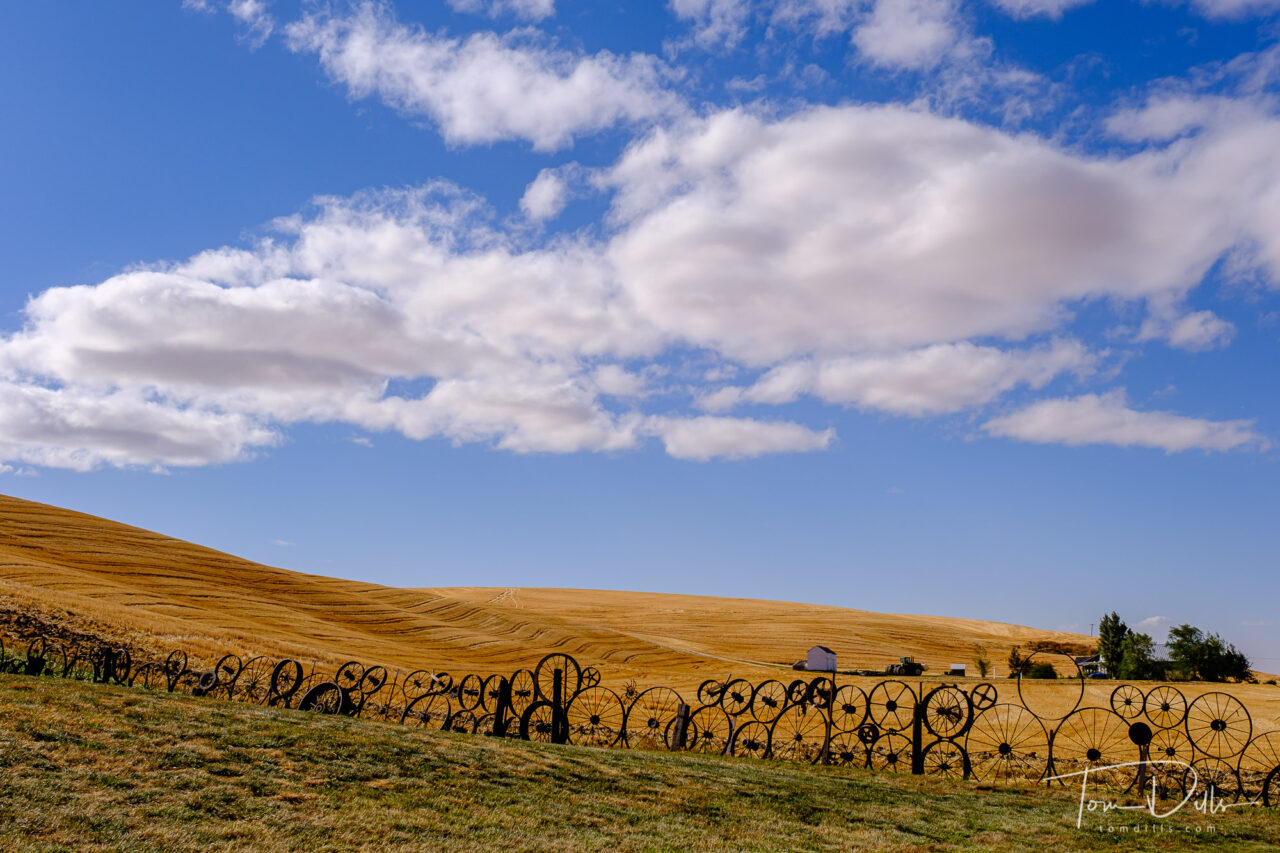
I definitely felt that The Palouse was worth the time and effort to go there. And I’d love to go back sometime and spend more time out and about. The trick will be to try and find “different” subject matter. There’s nothing wrong with photographing the rolling countryside, but there is a lot more there too. It’s just that the countryside is right there in front of you, and makes it a little hard to look for other things.
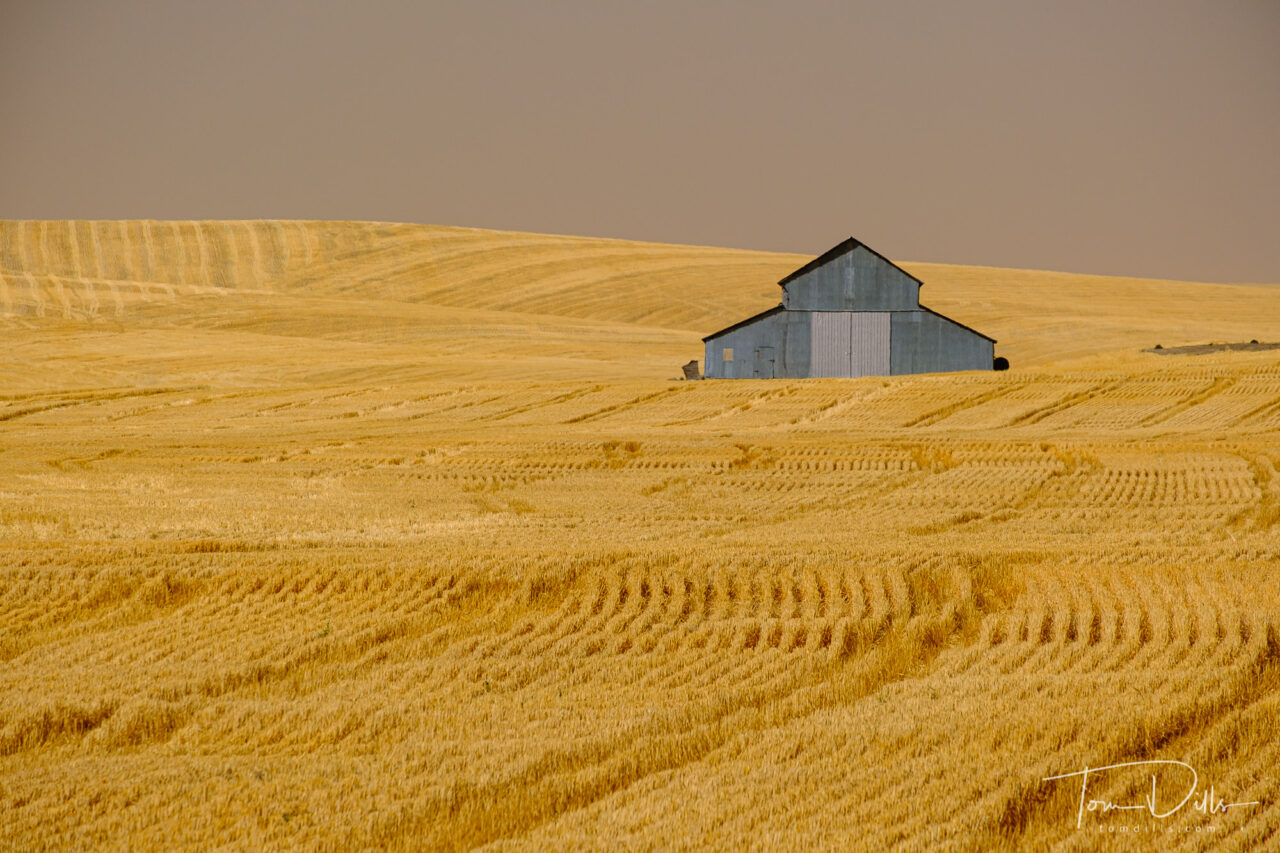
Update 10/27/20: I’ve added a gallery of more photos on my Adobe Portfolio site for anyone who wants to see more.